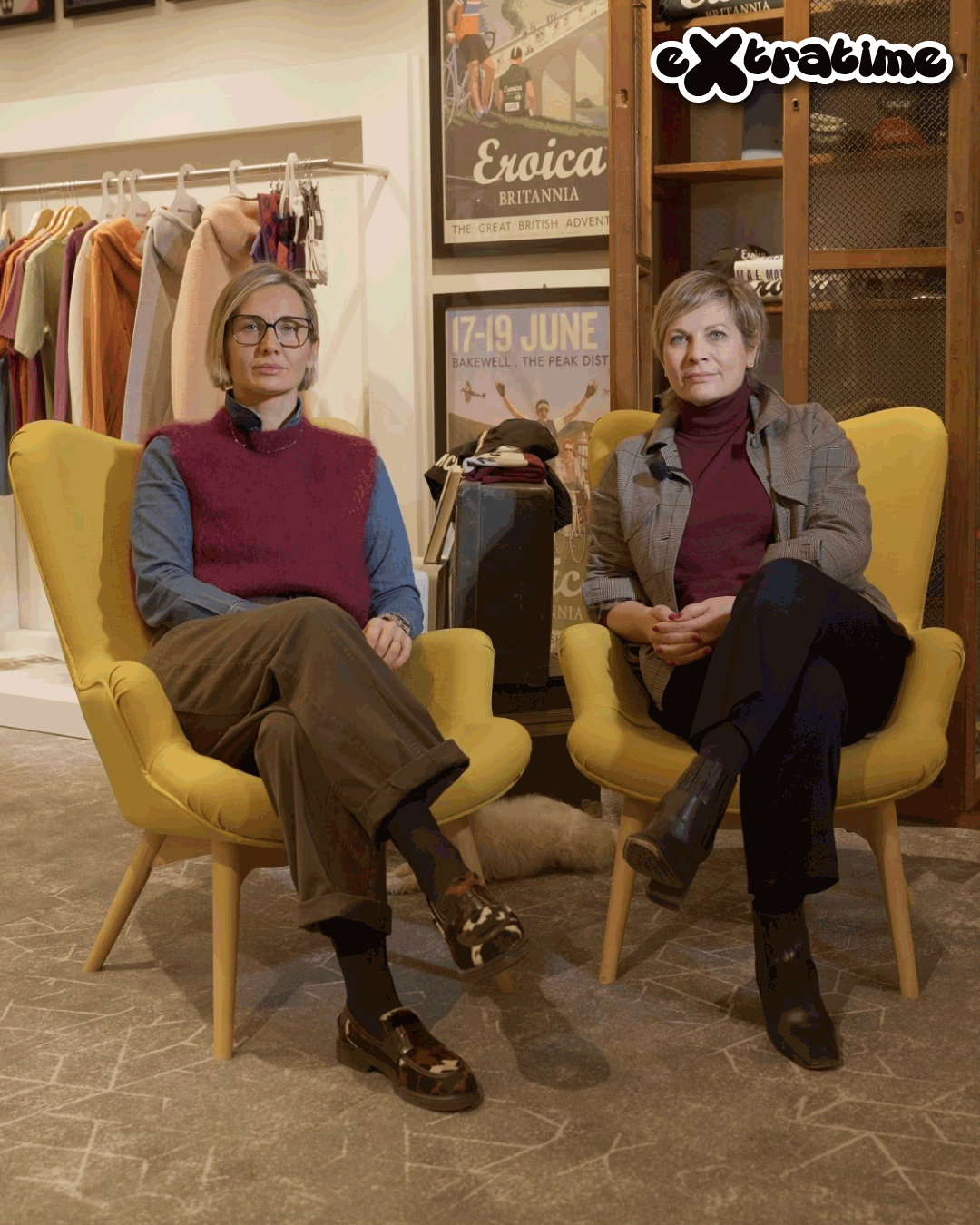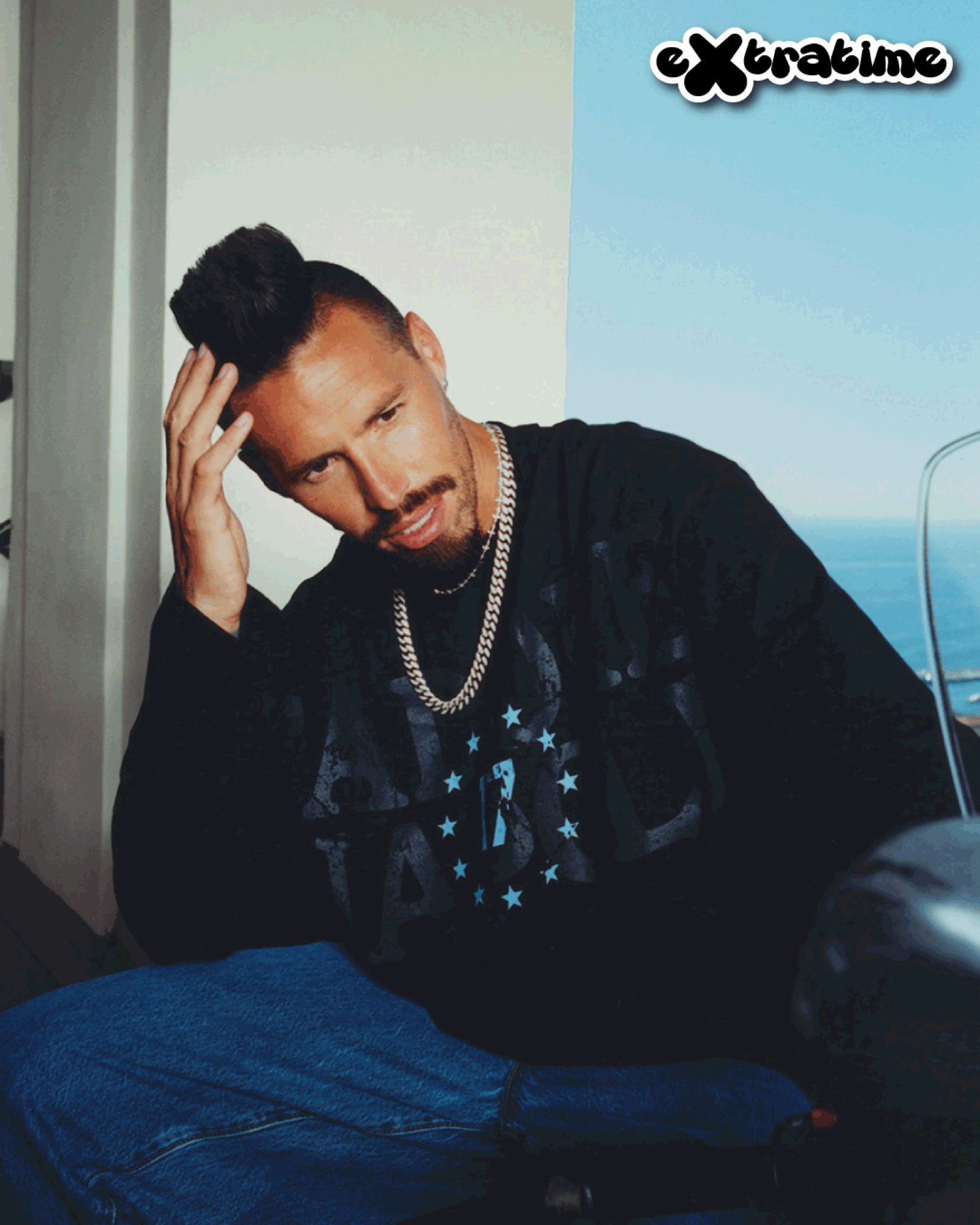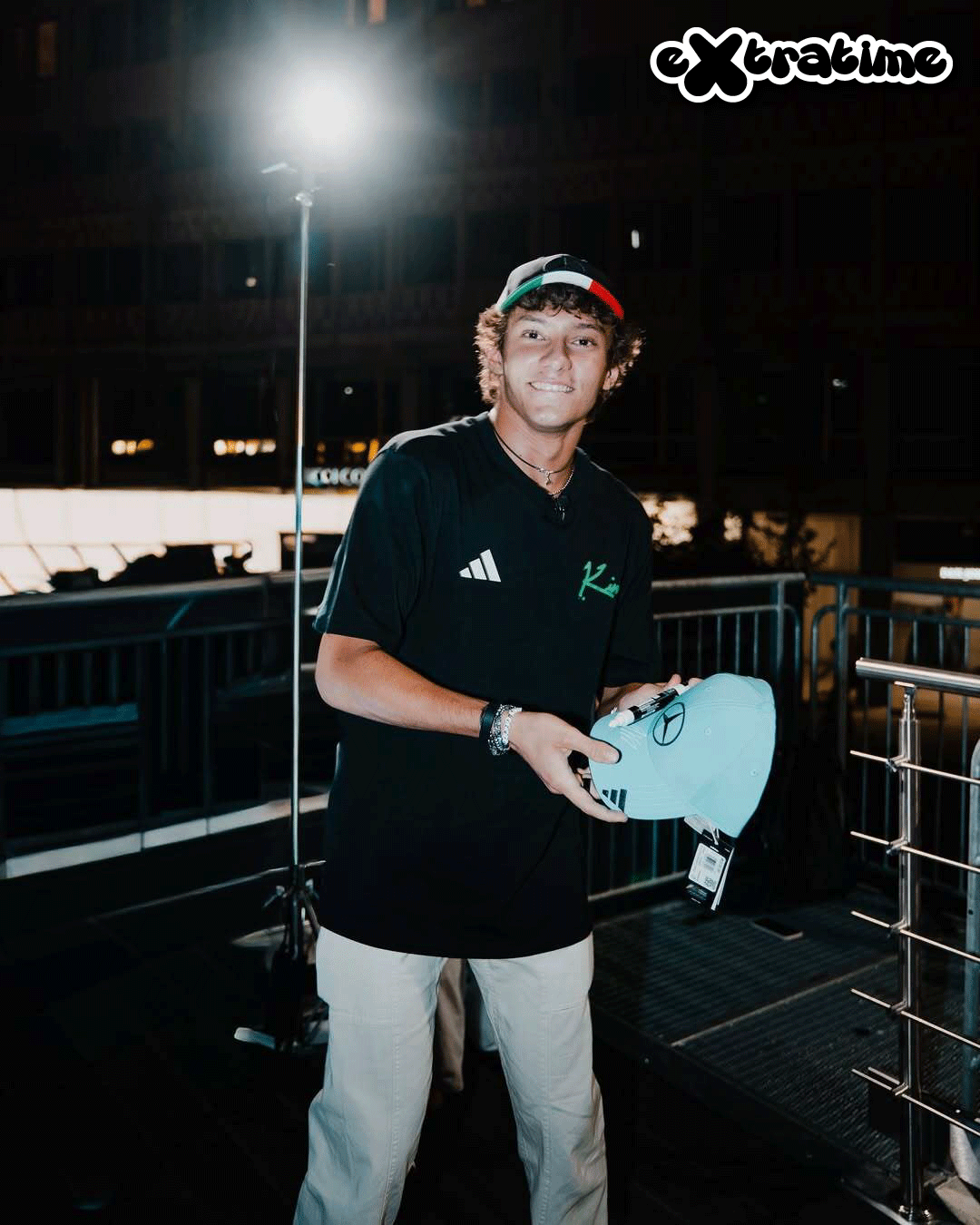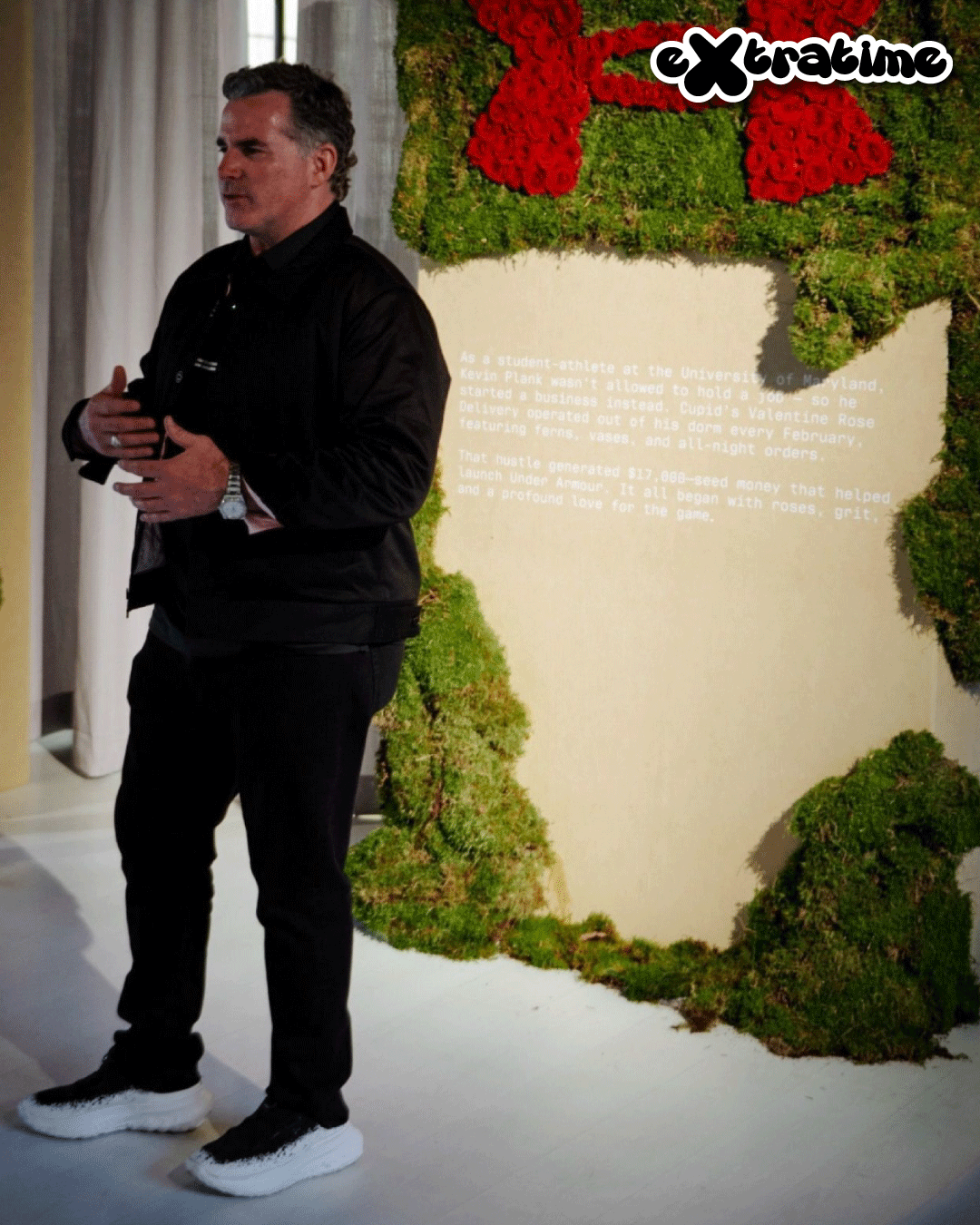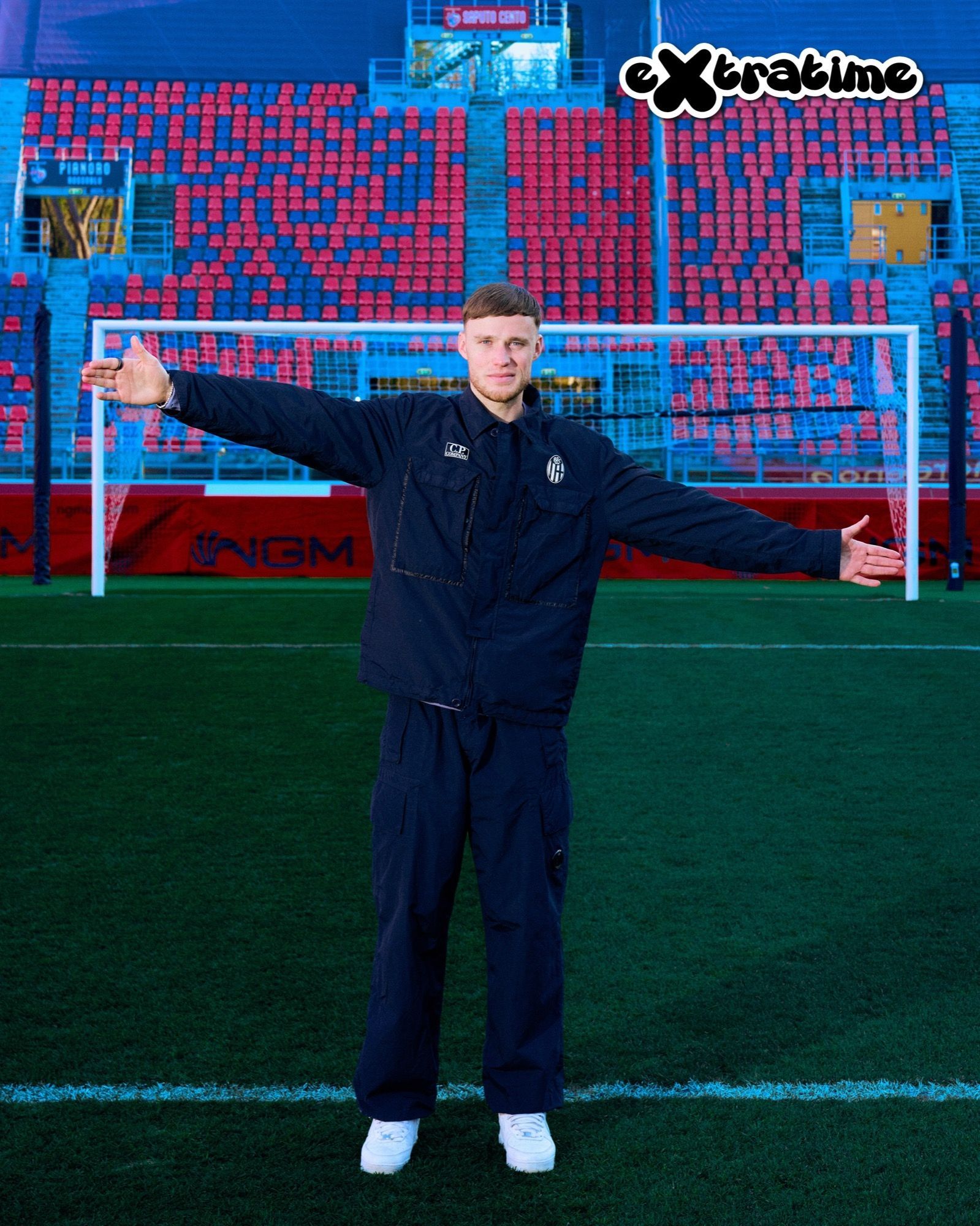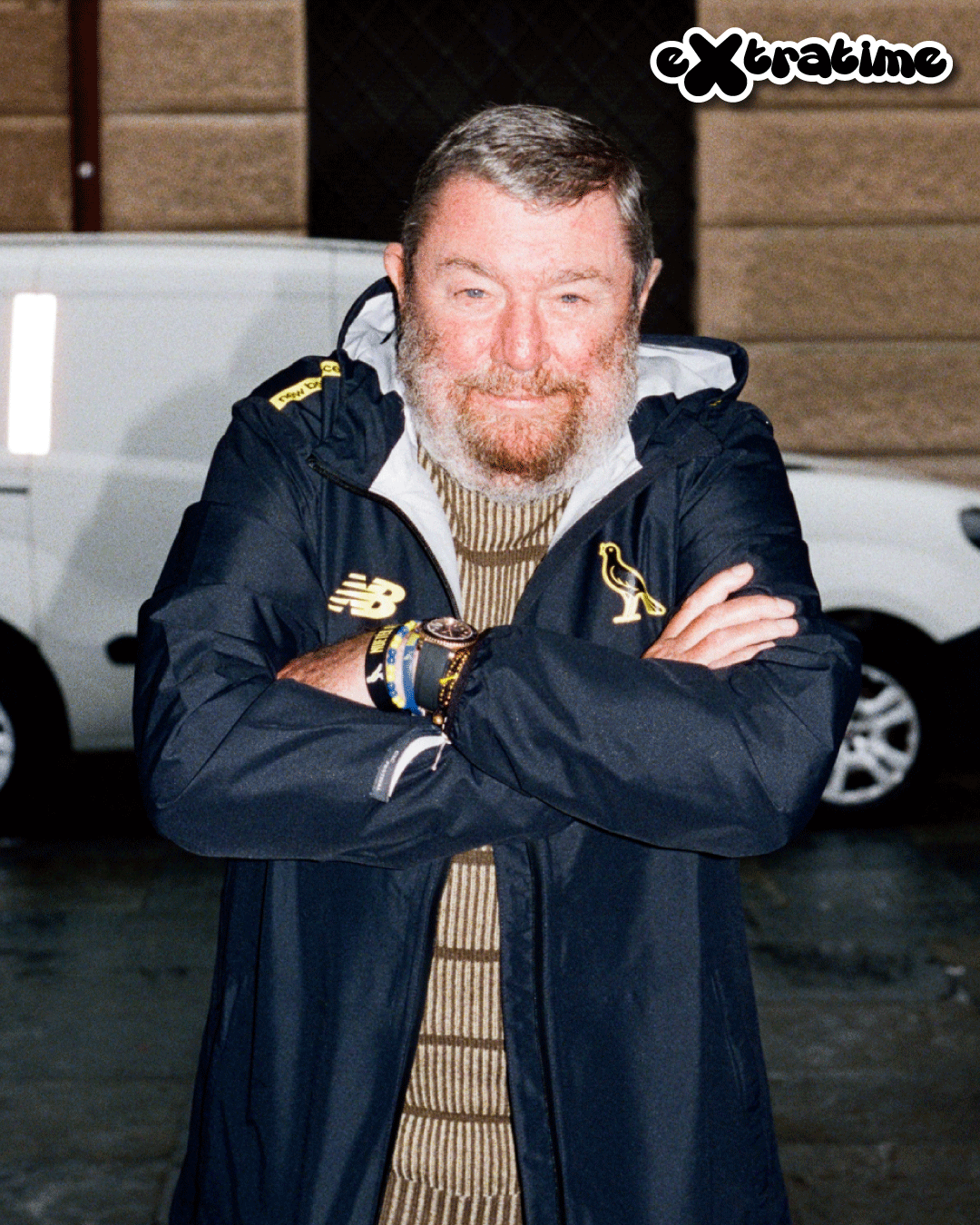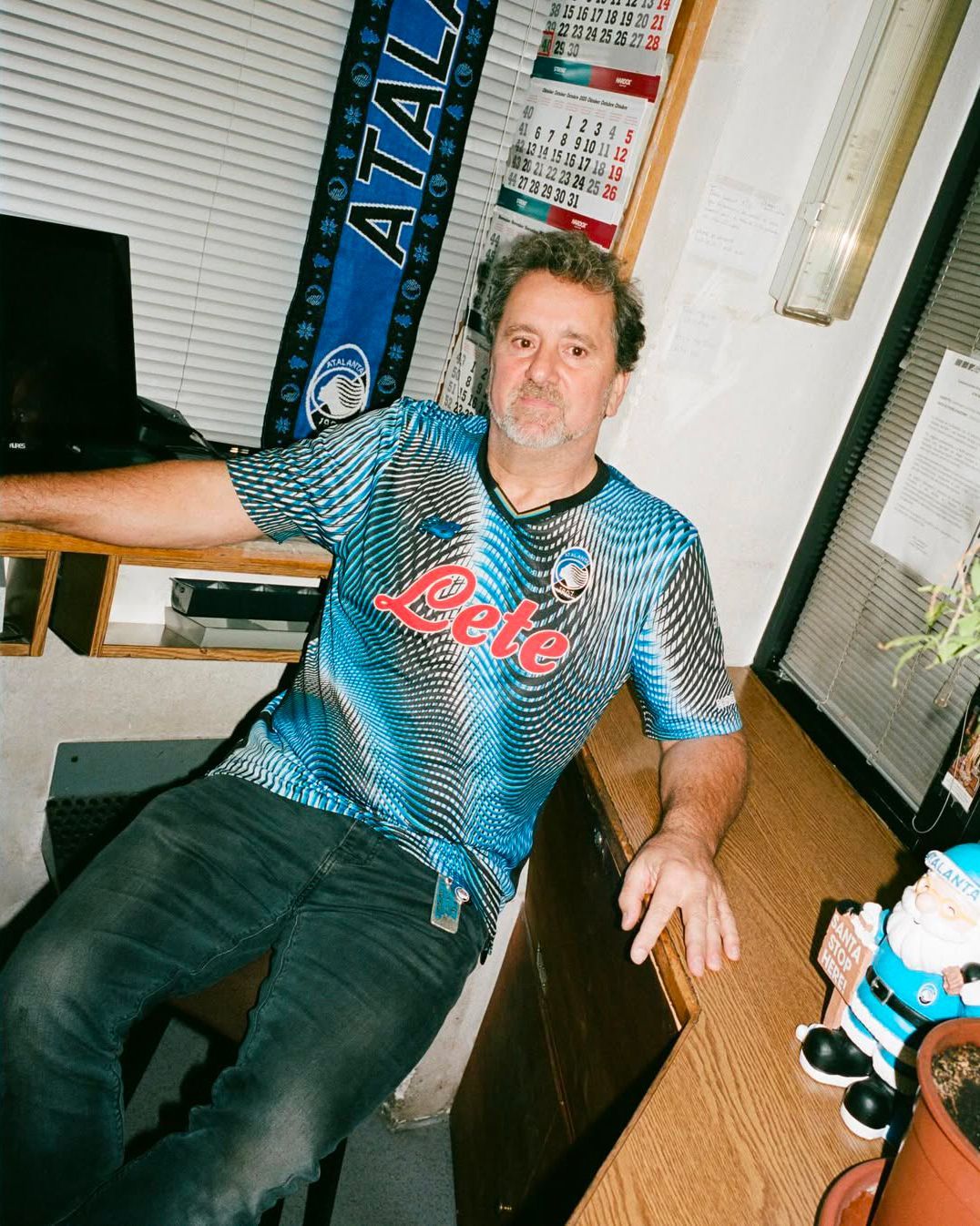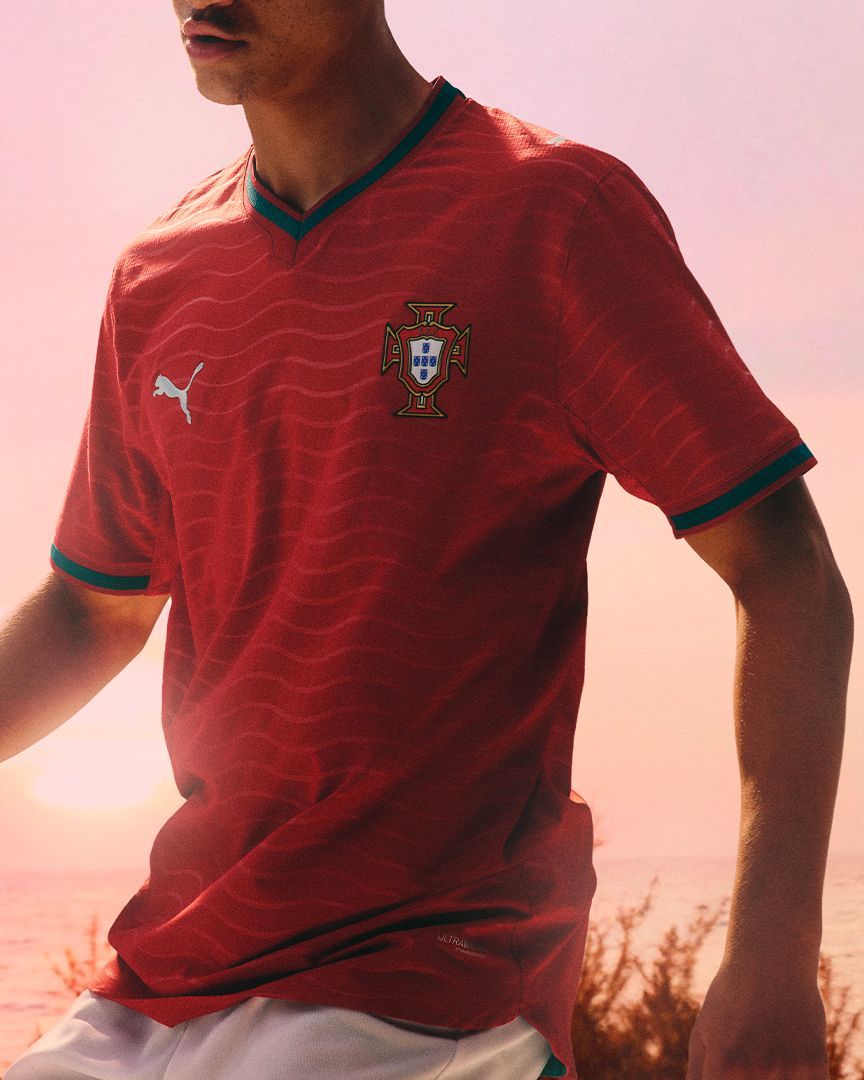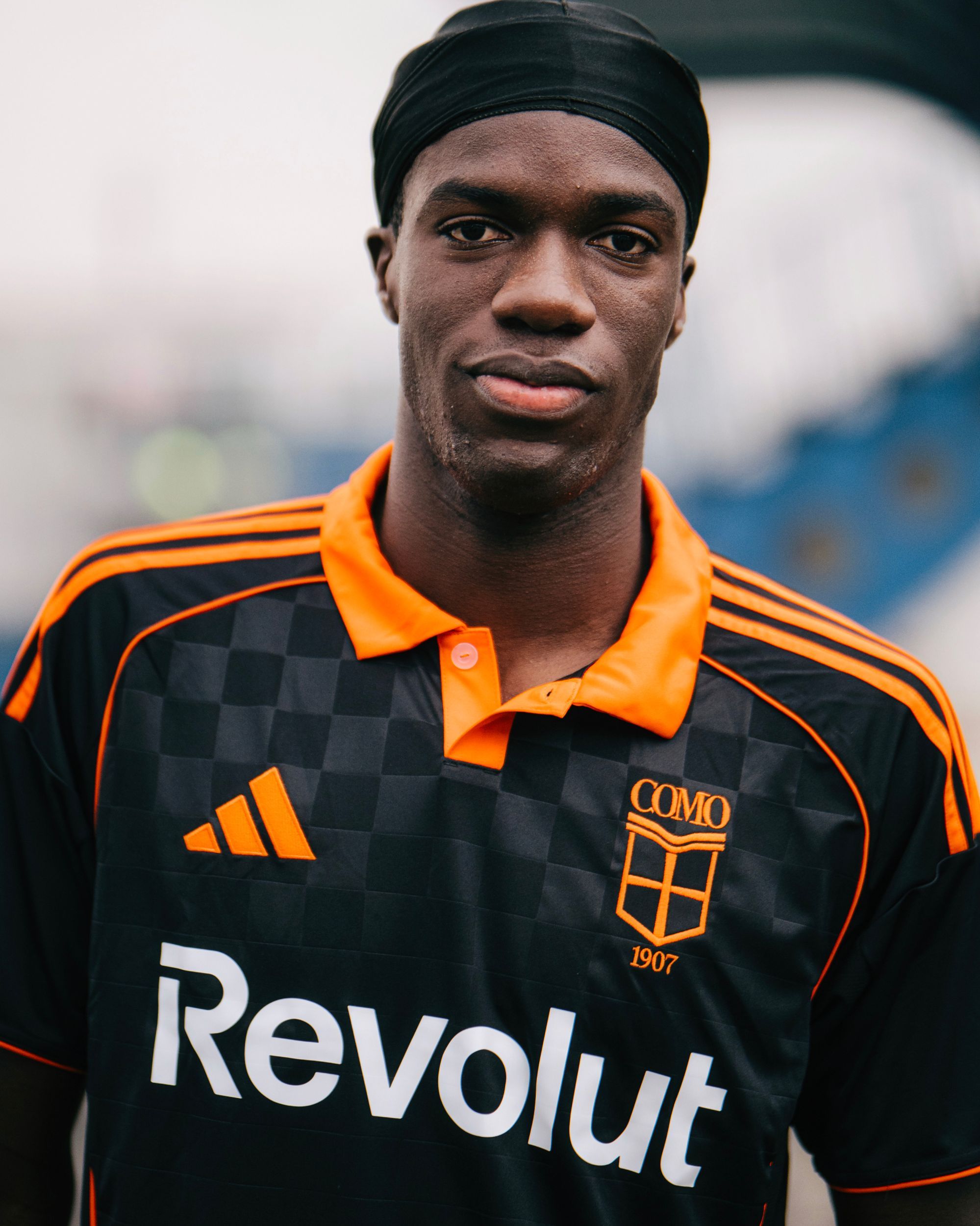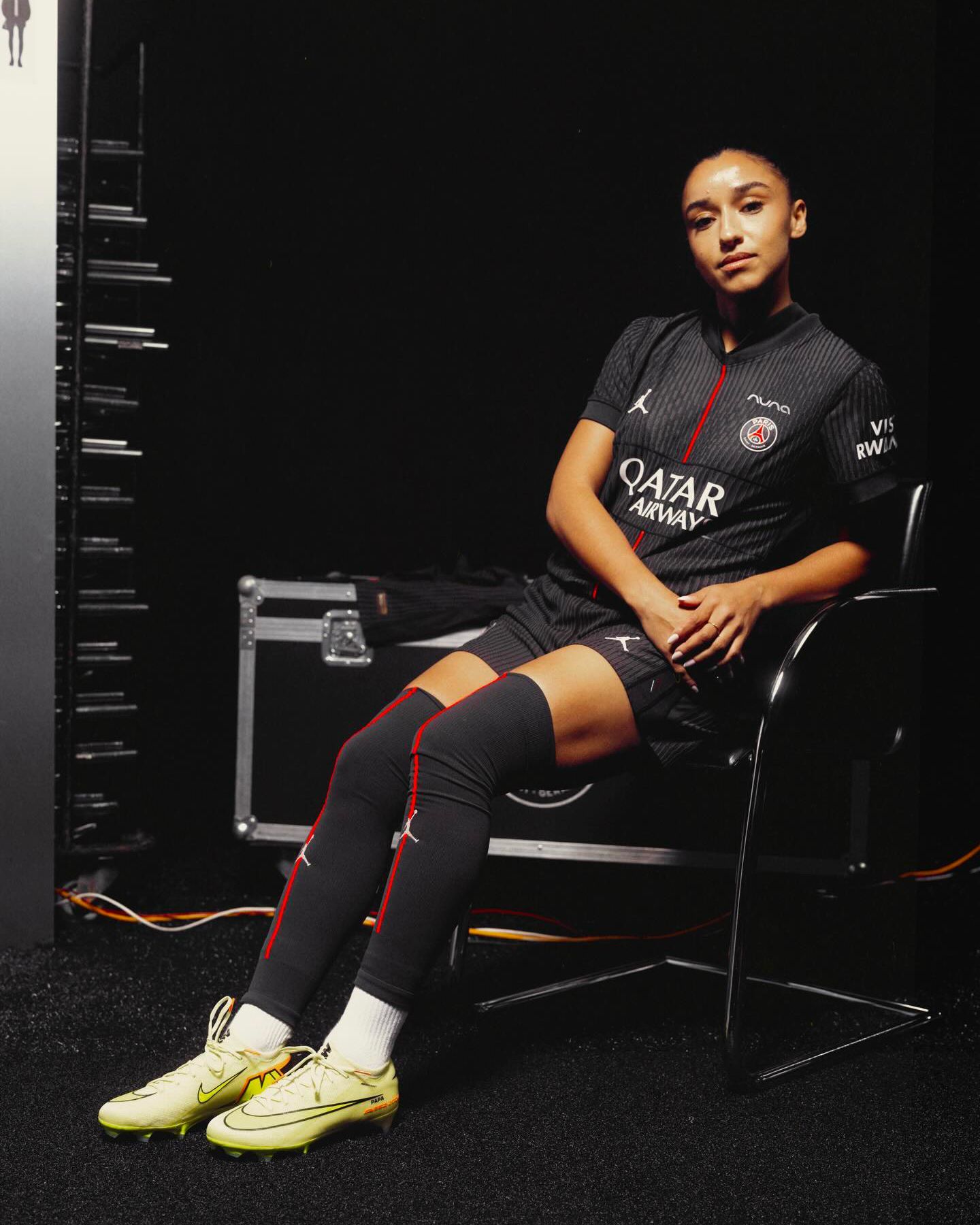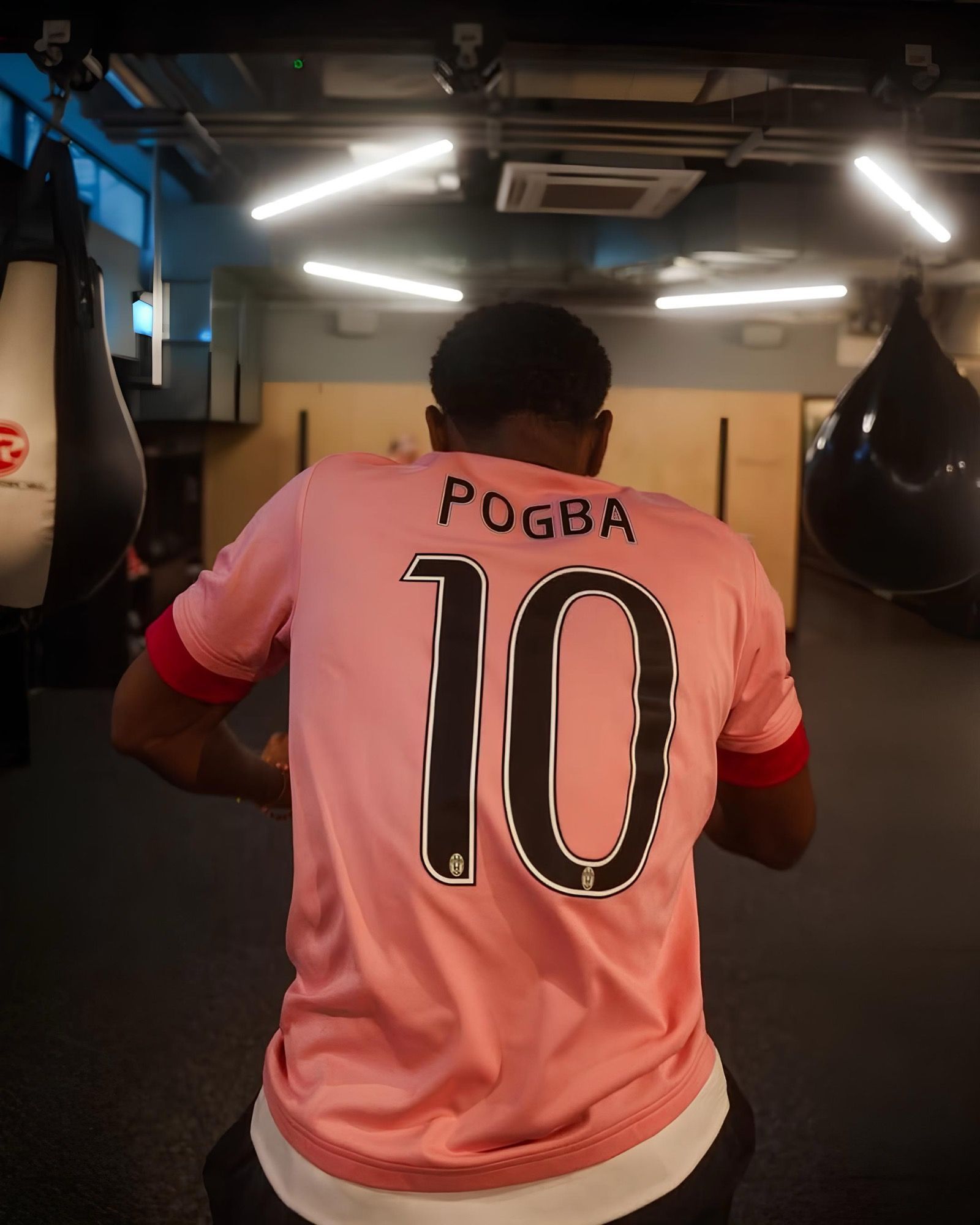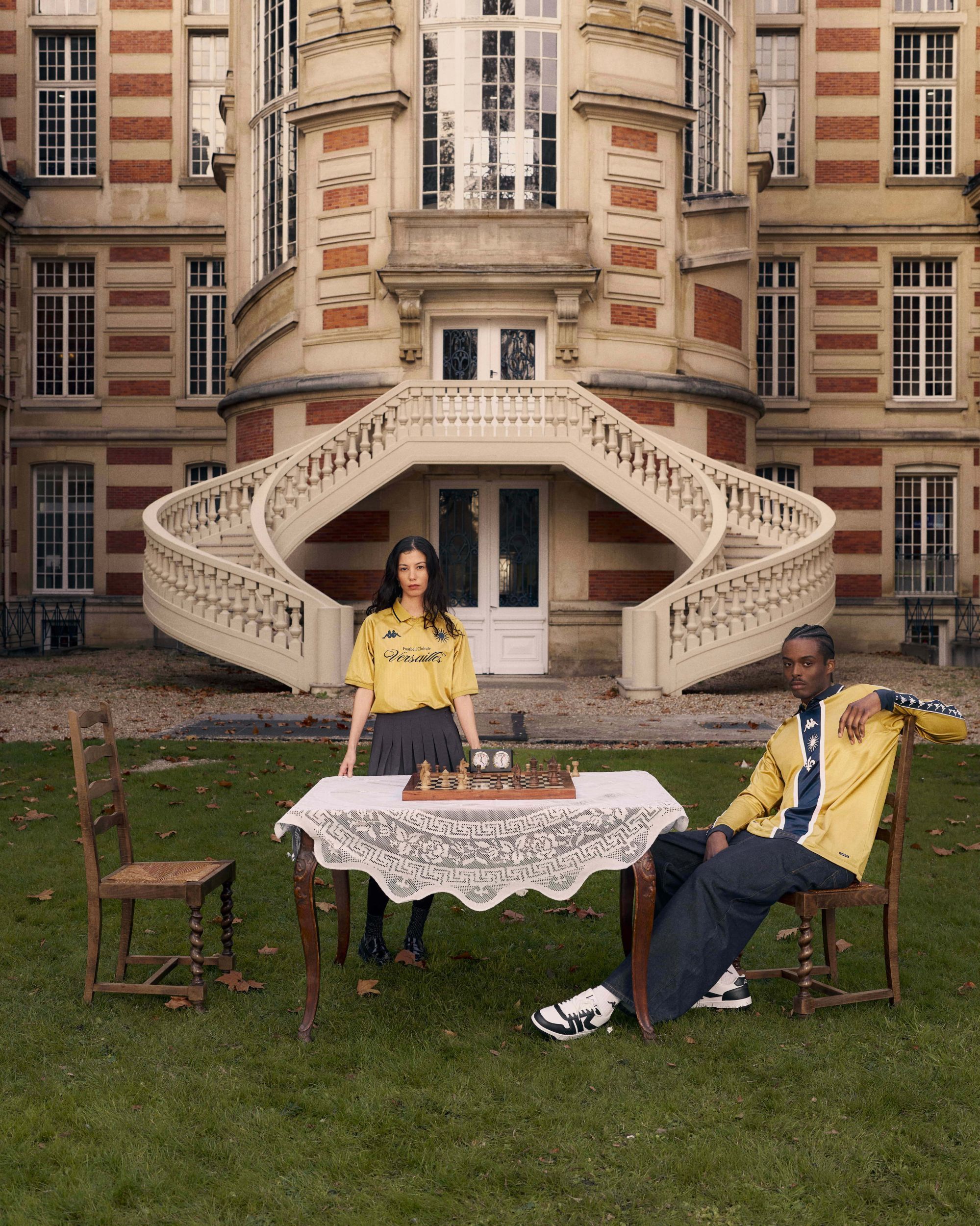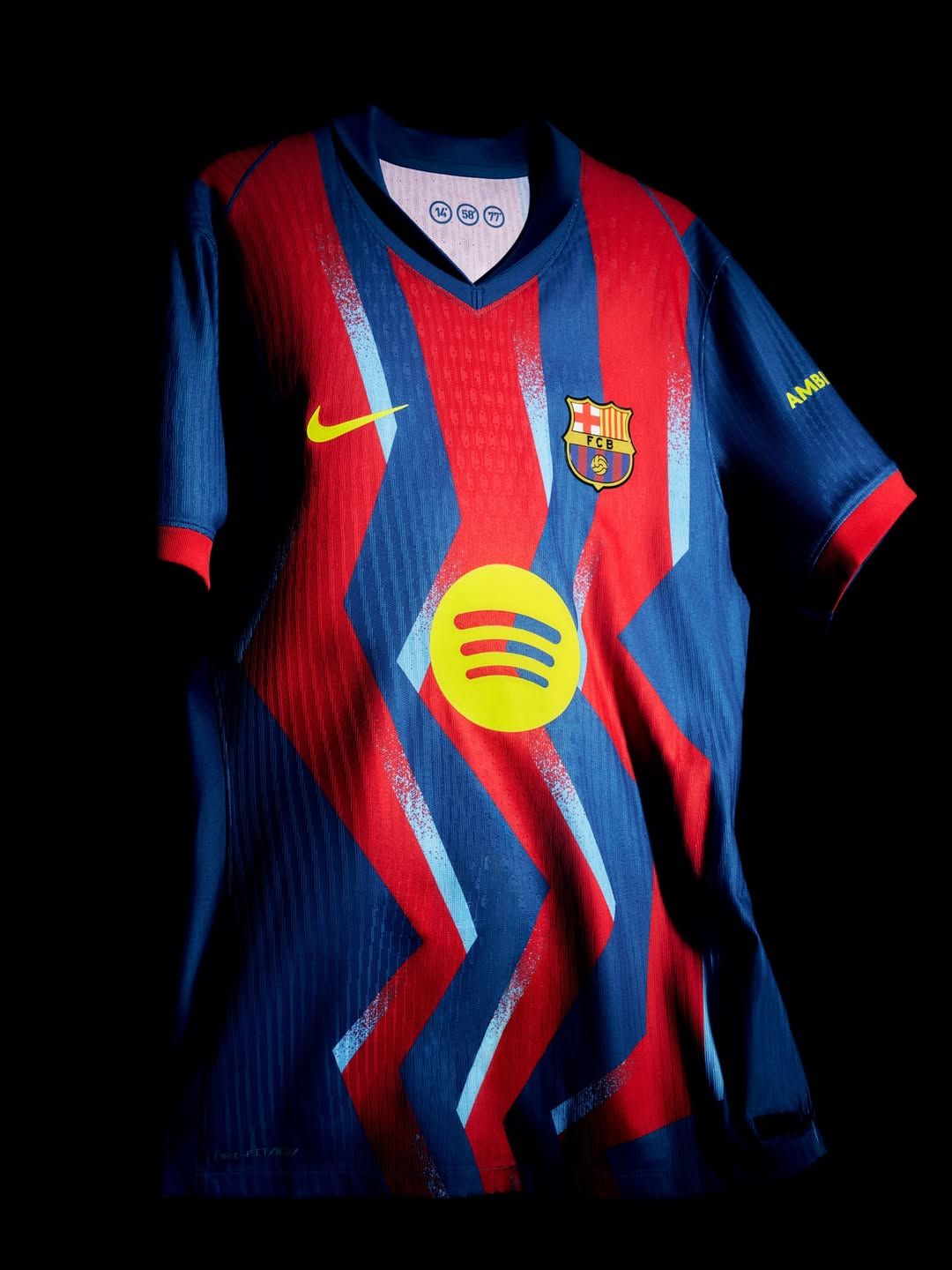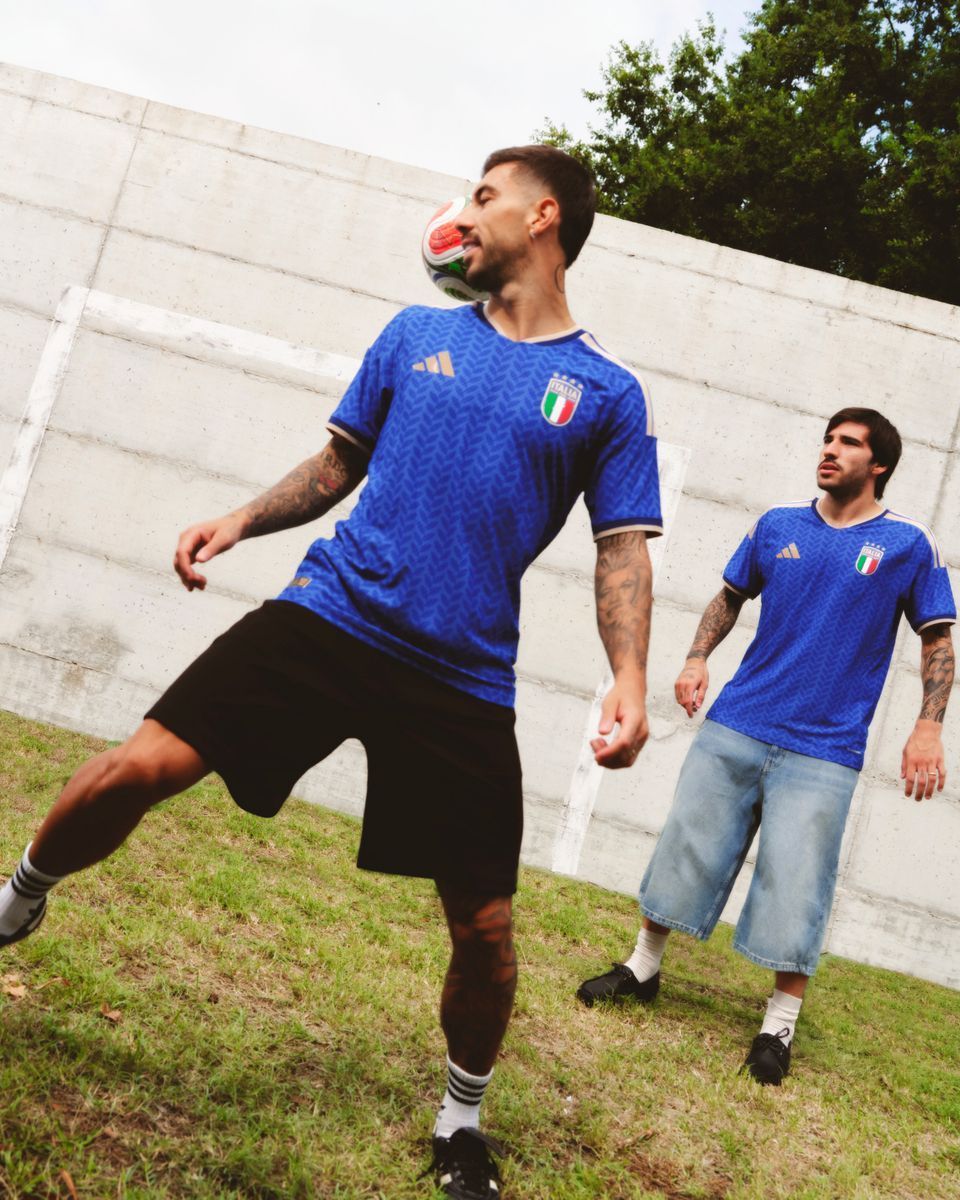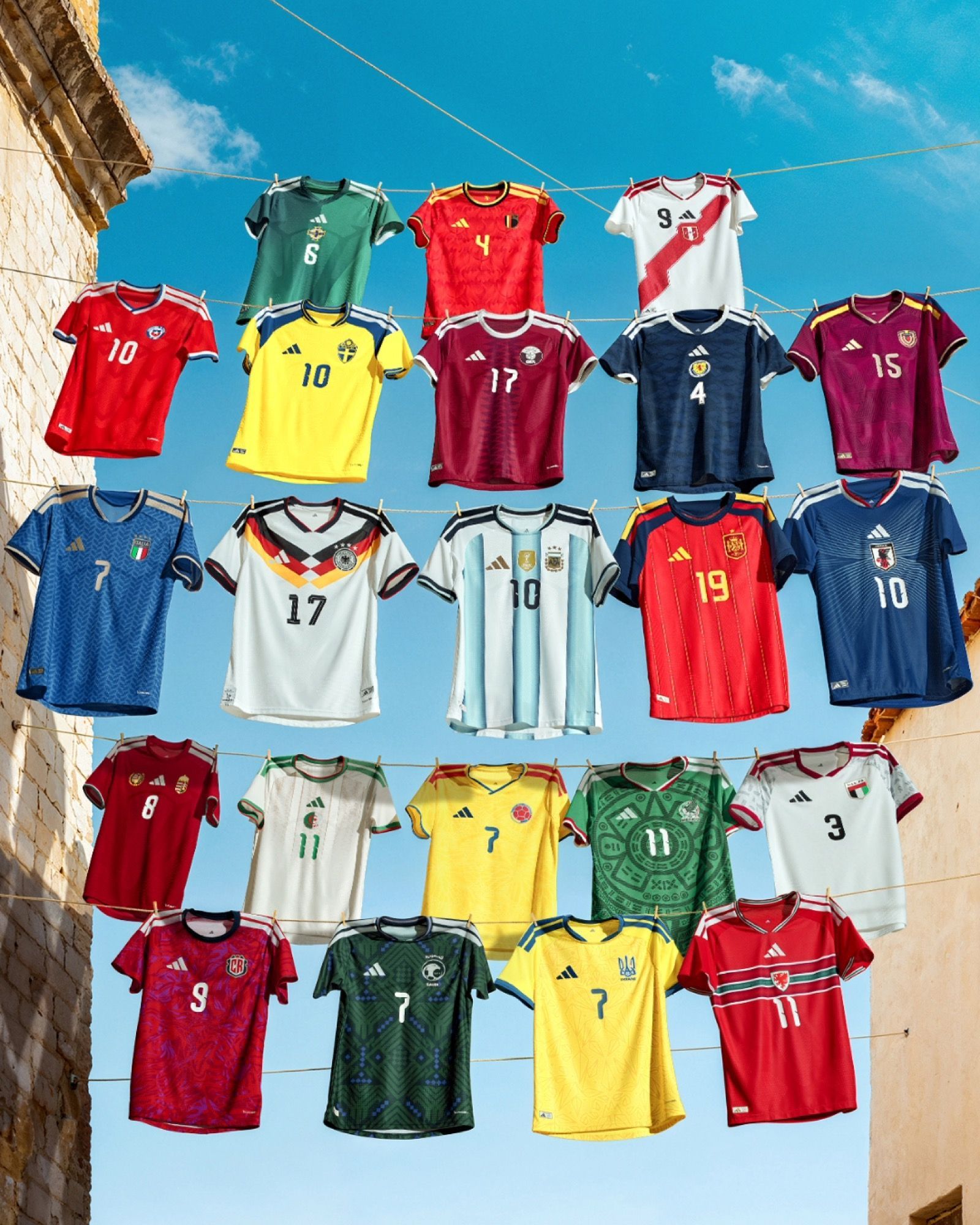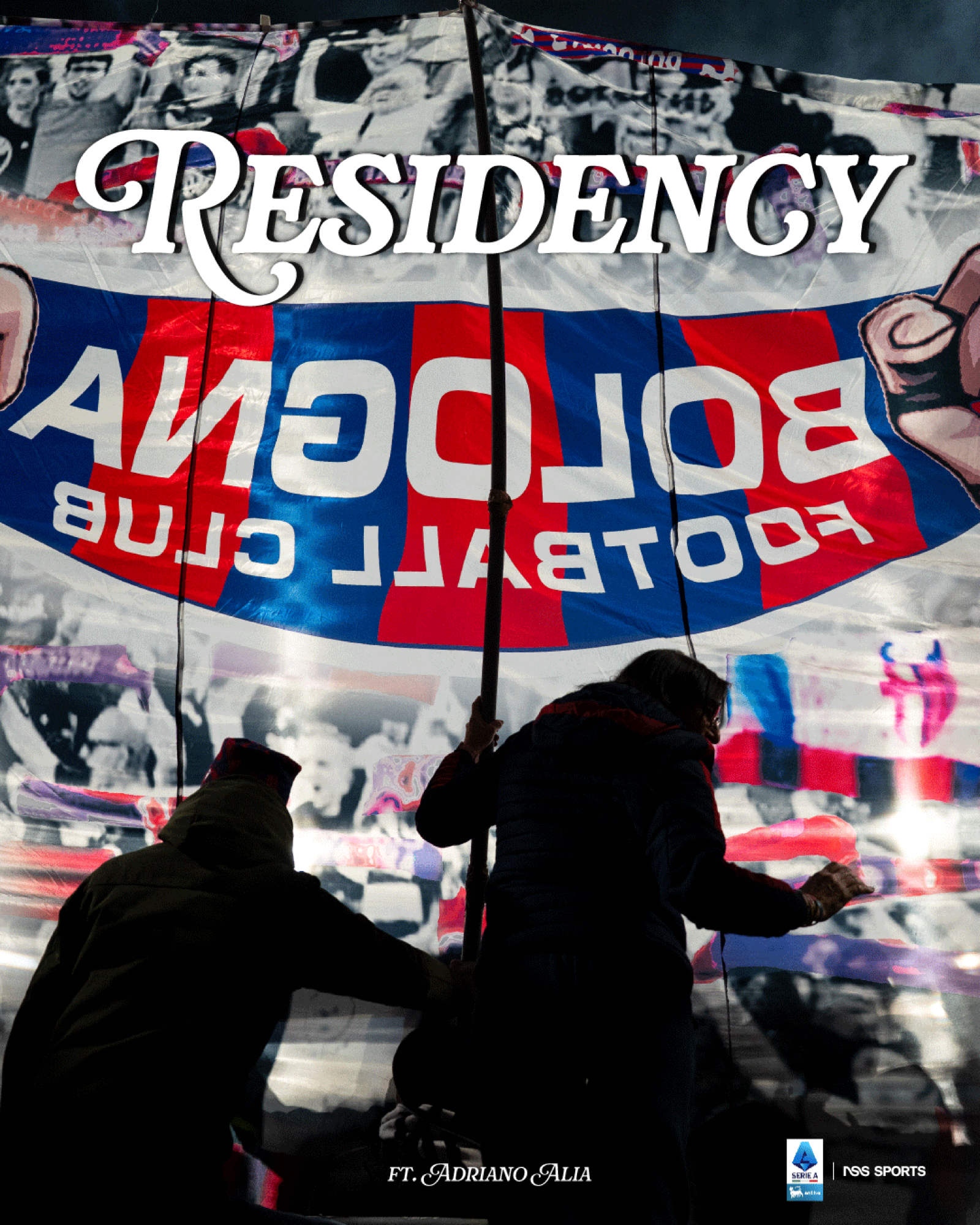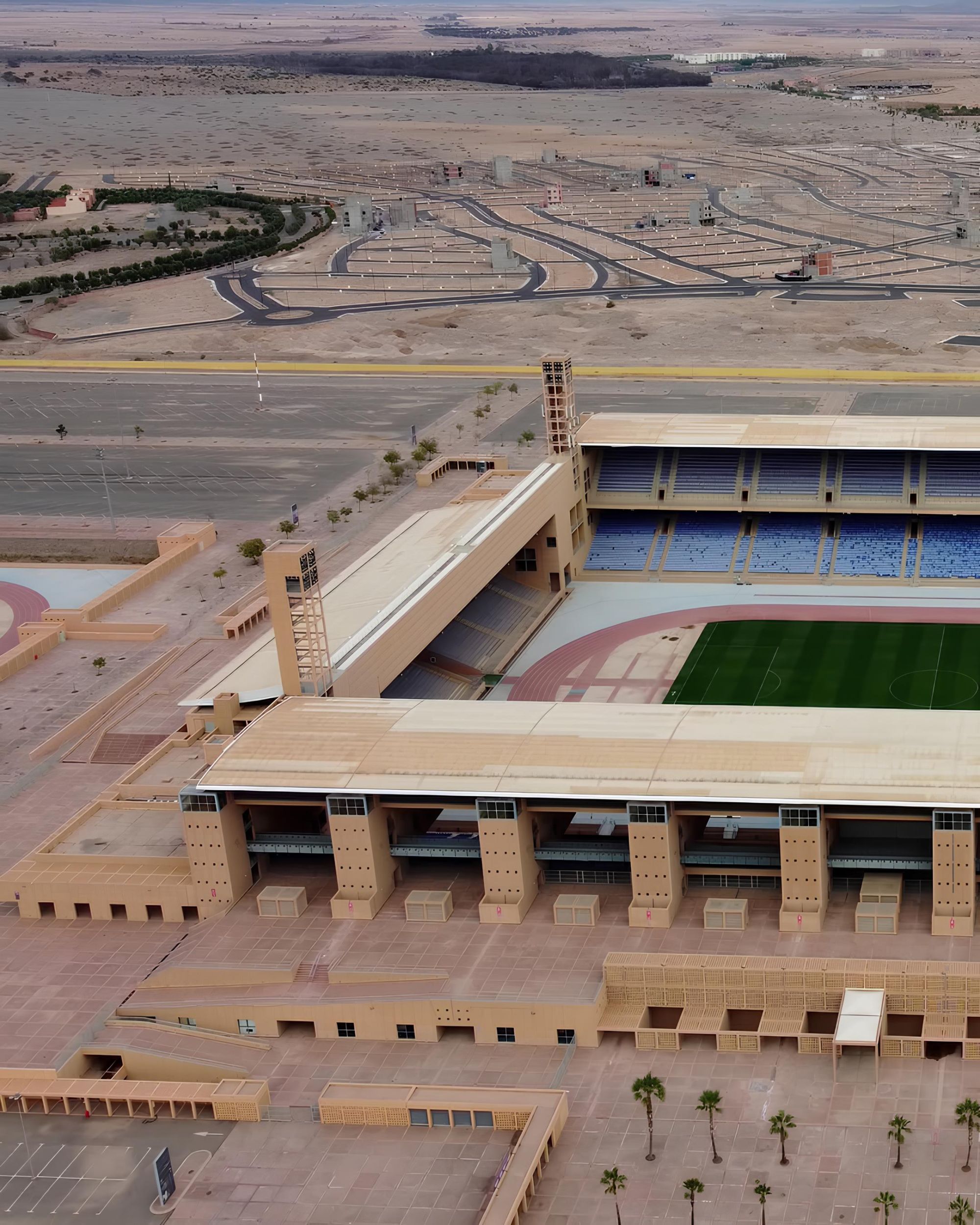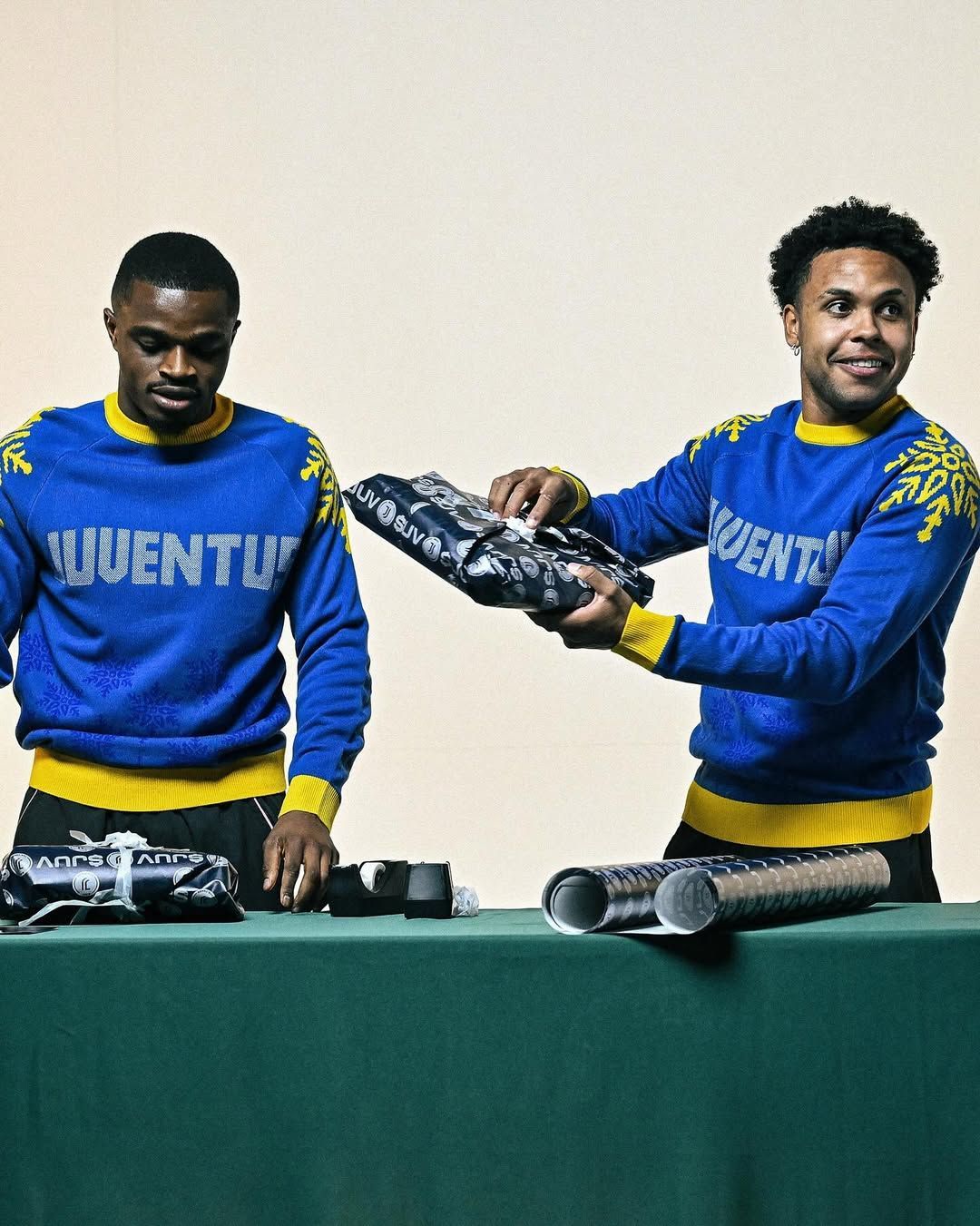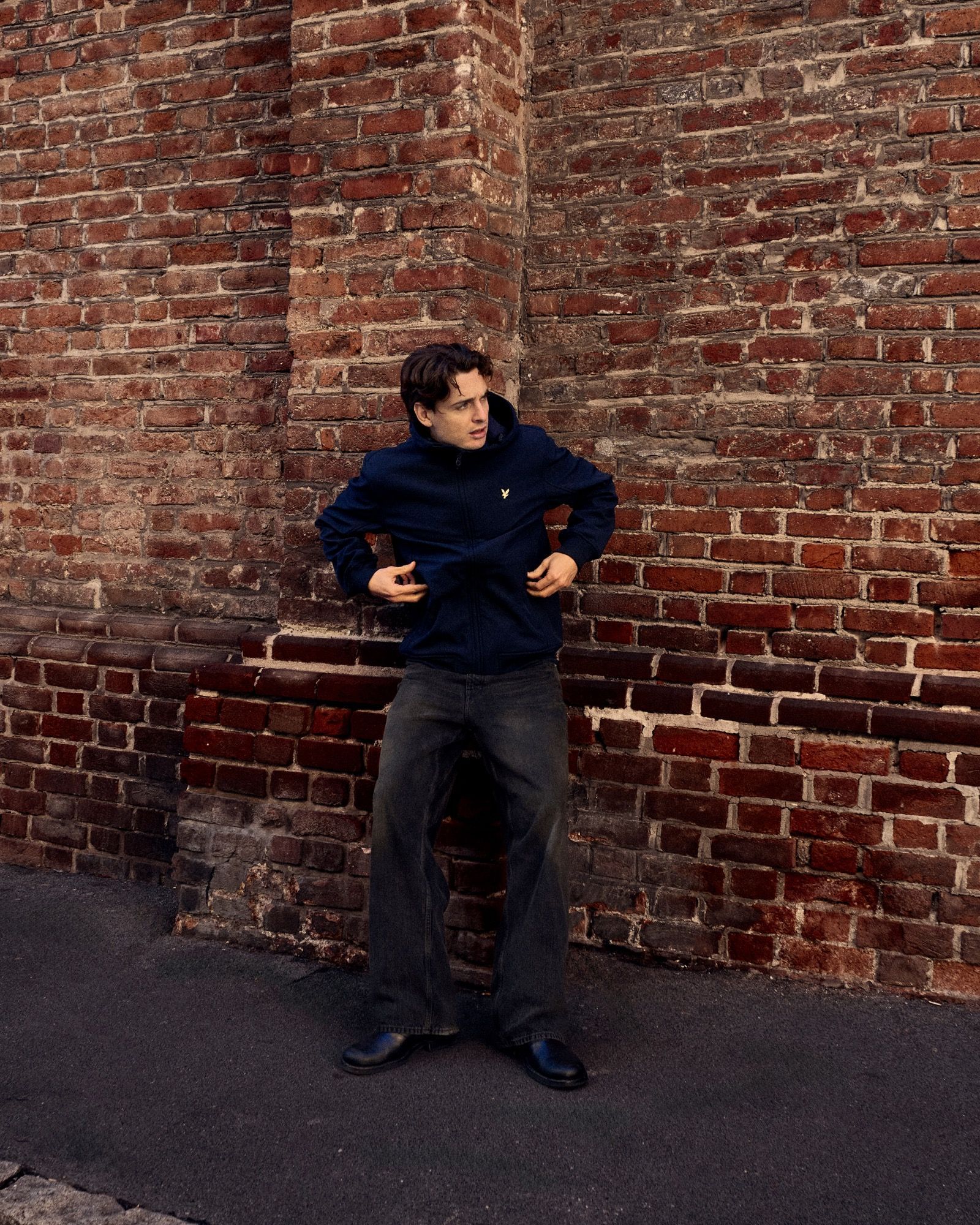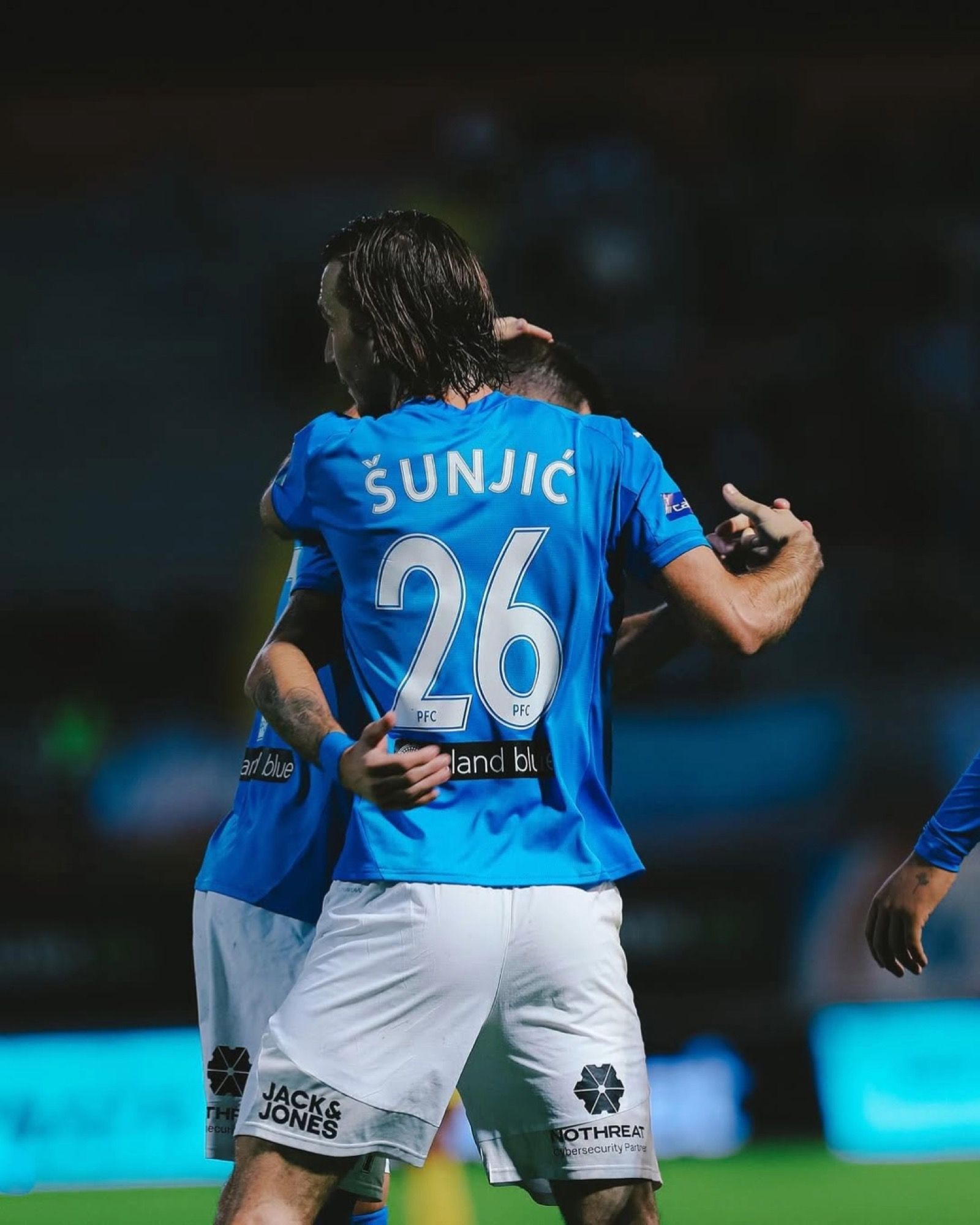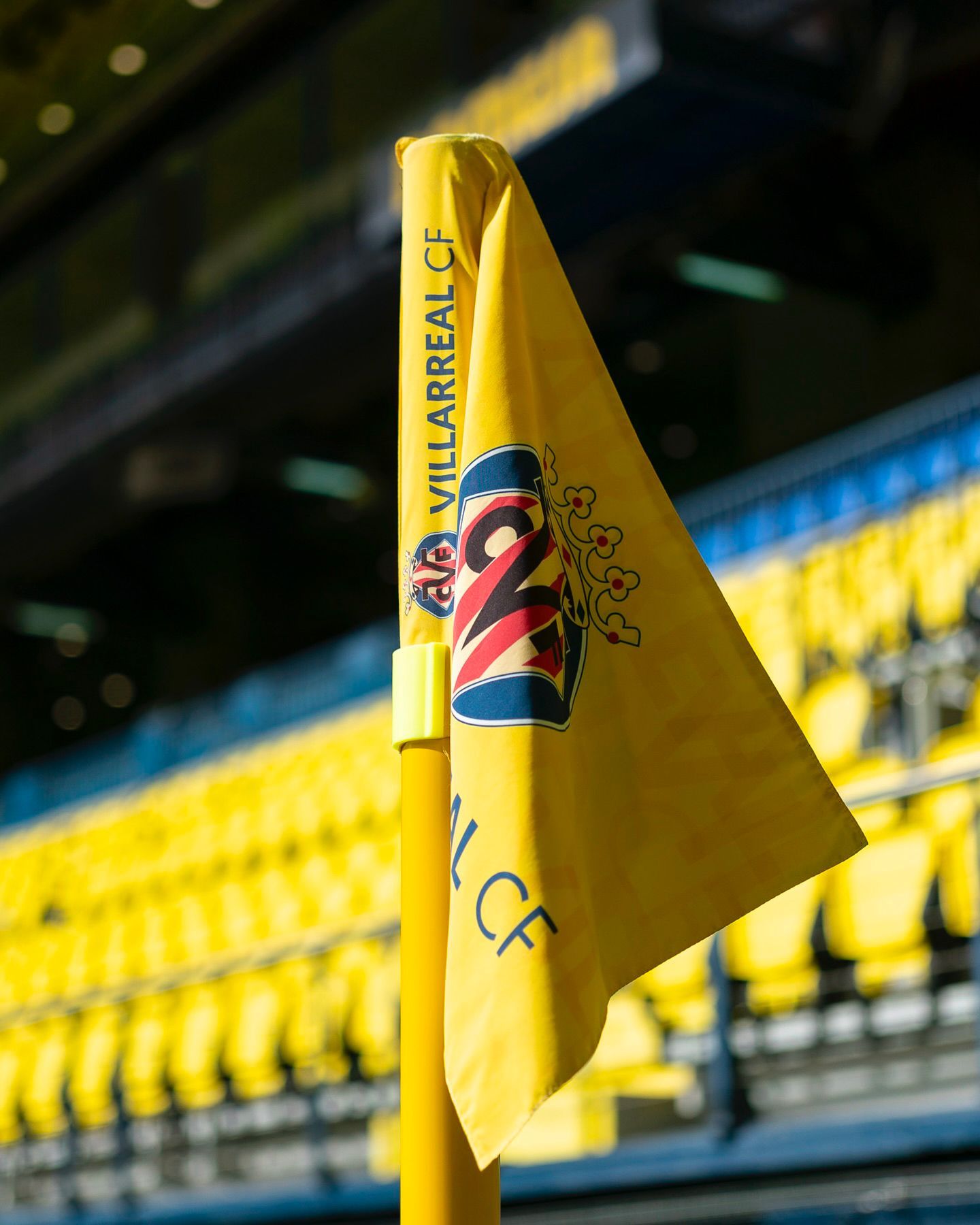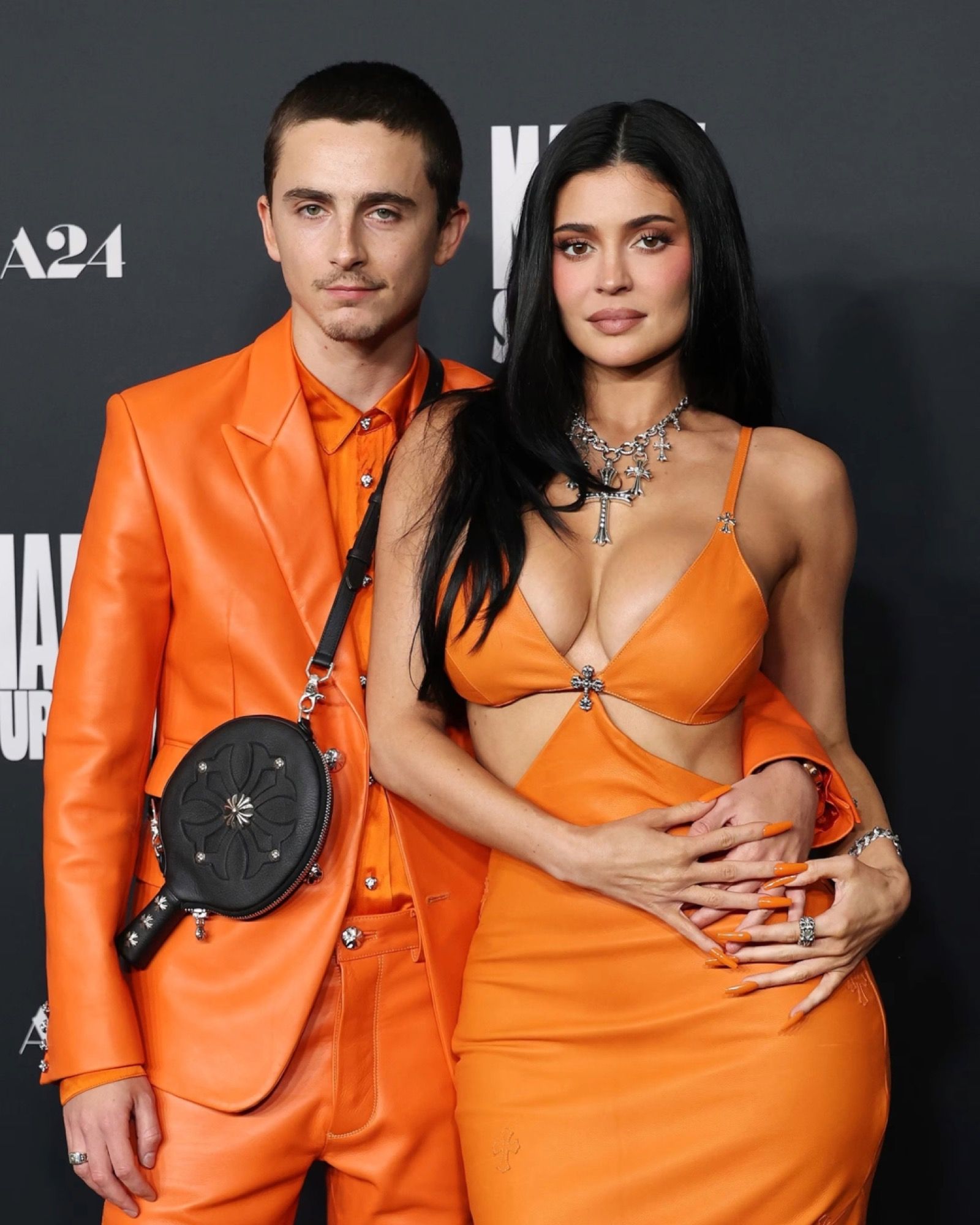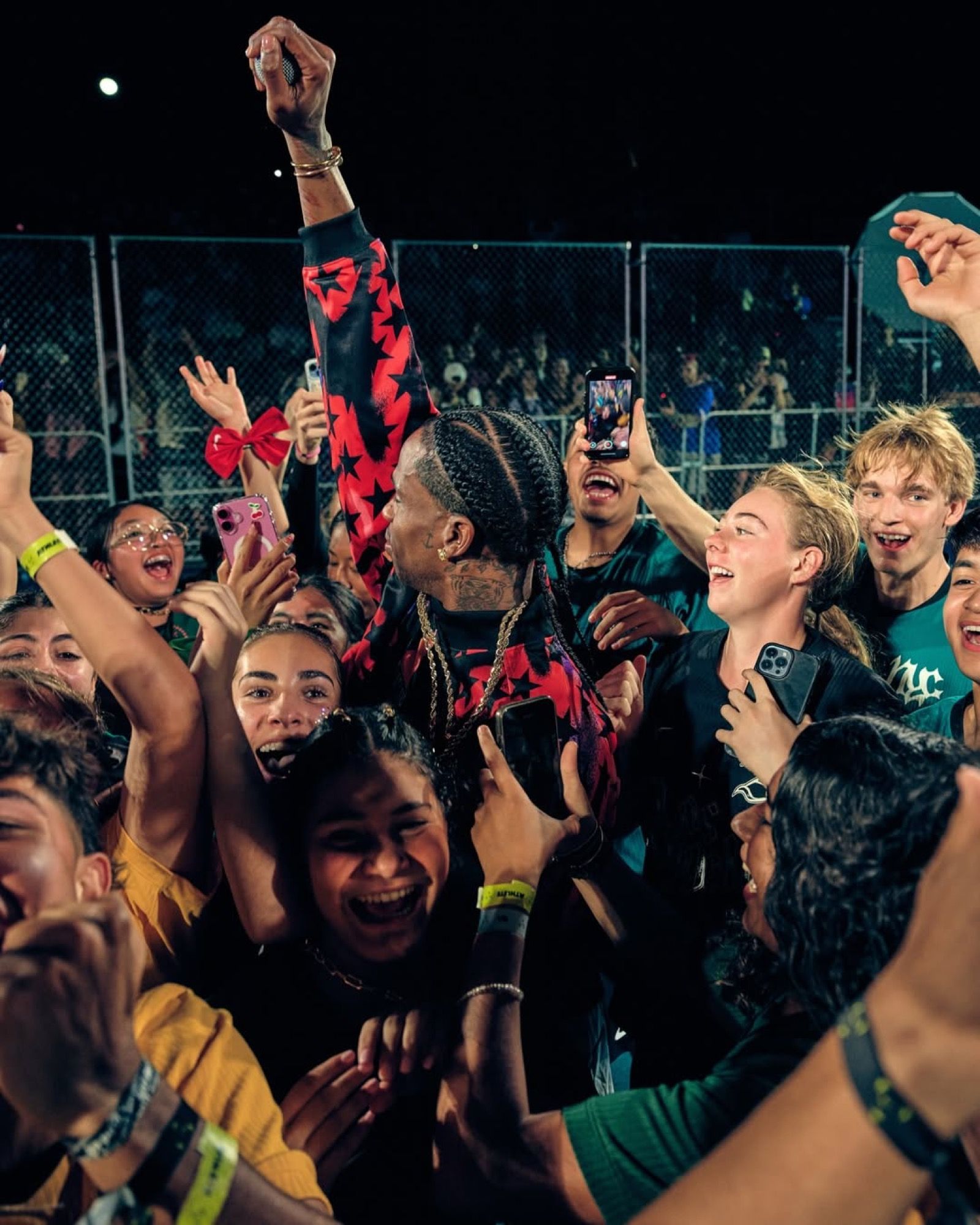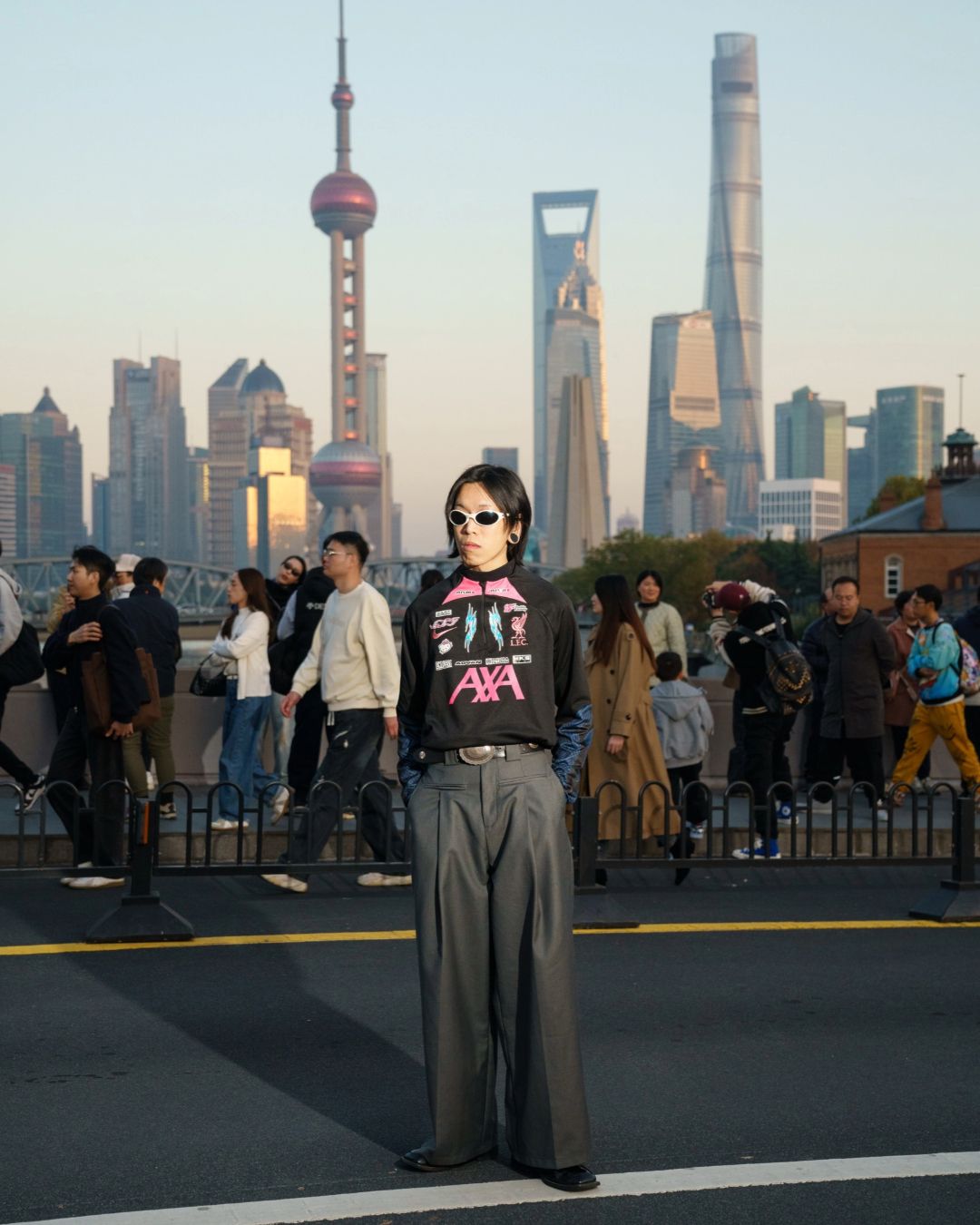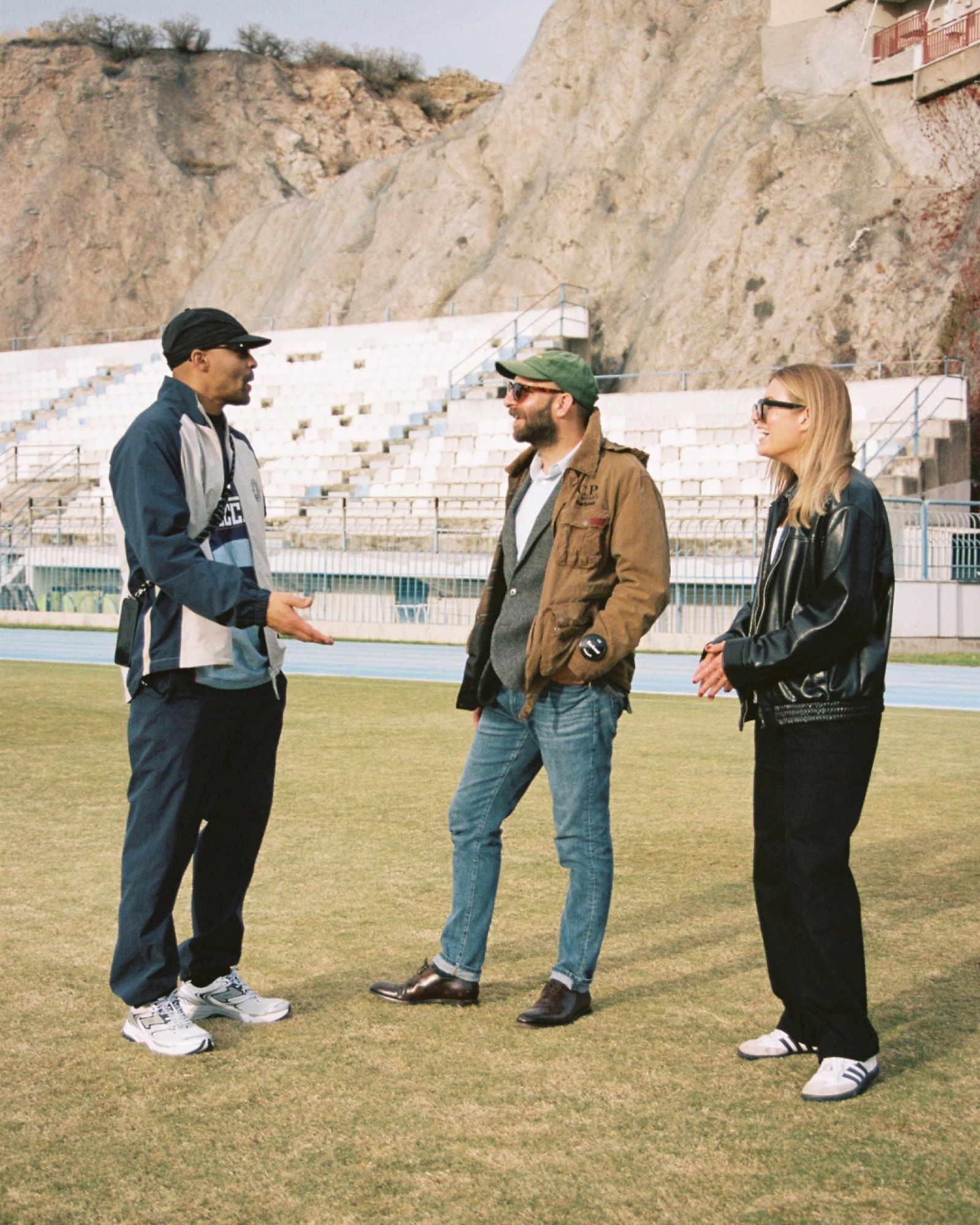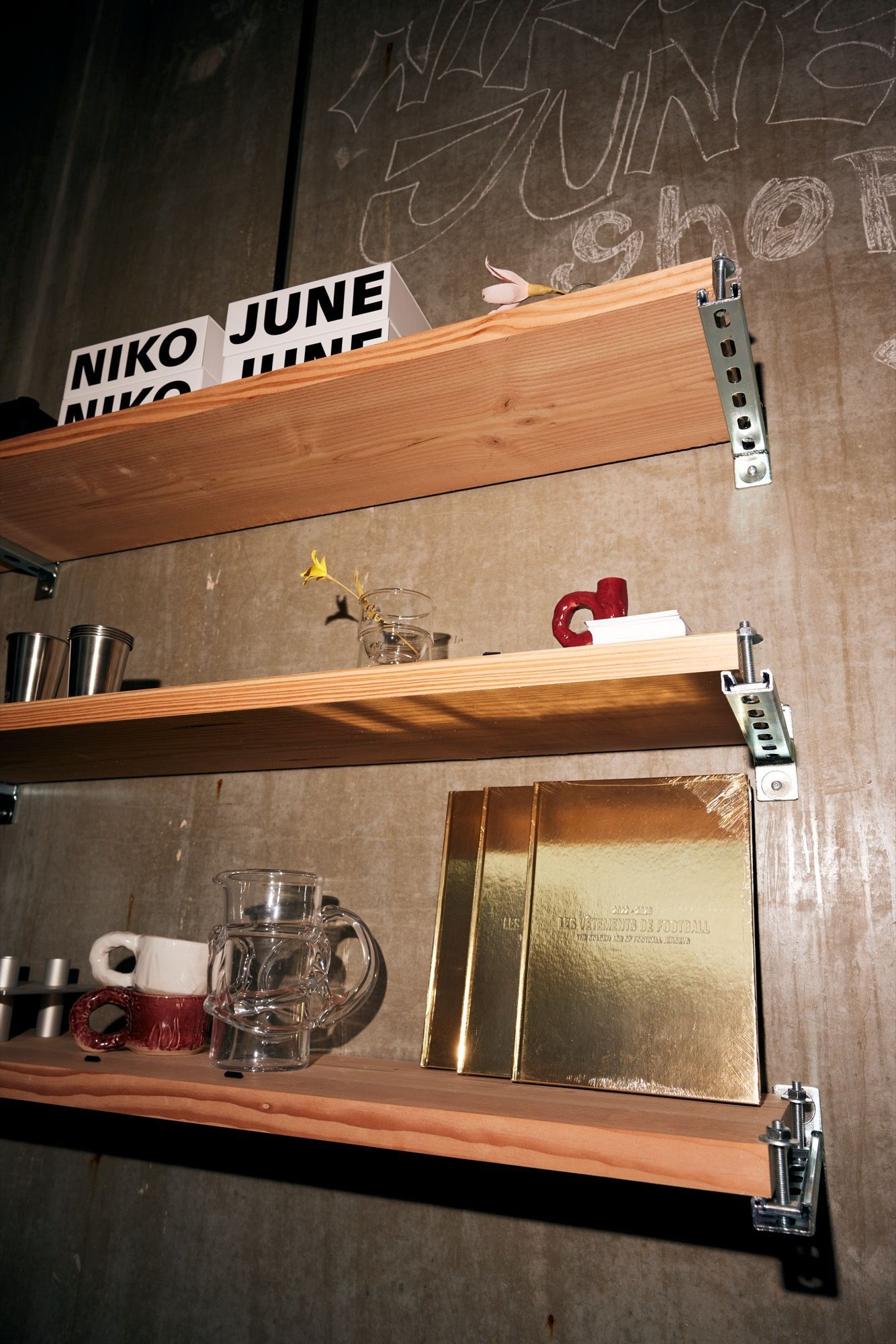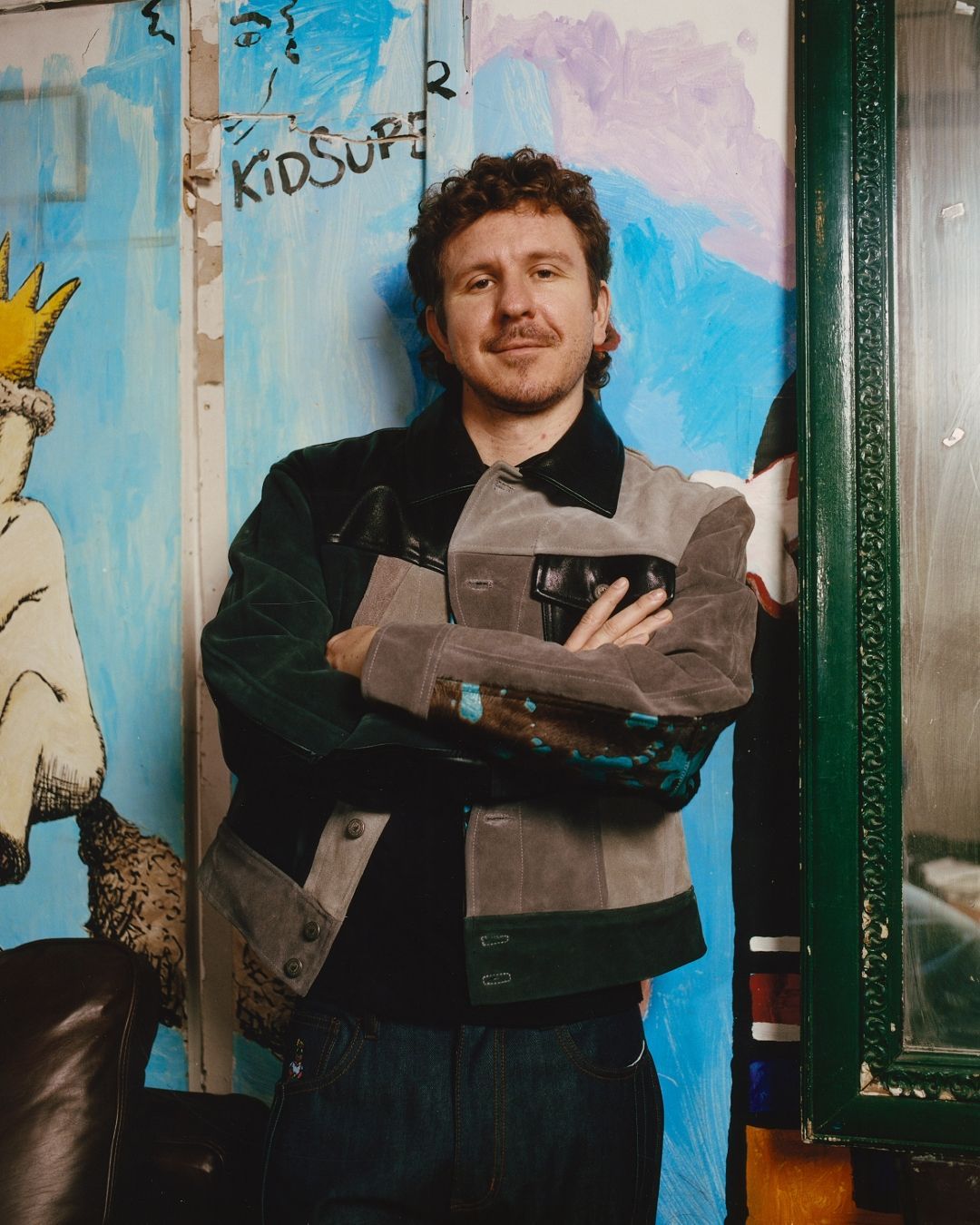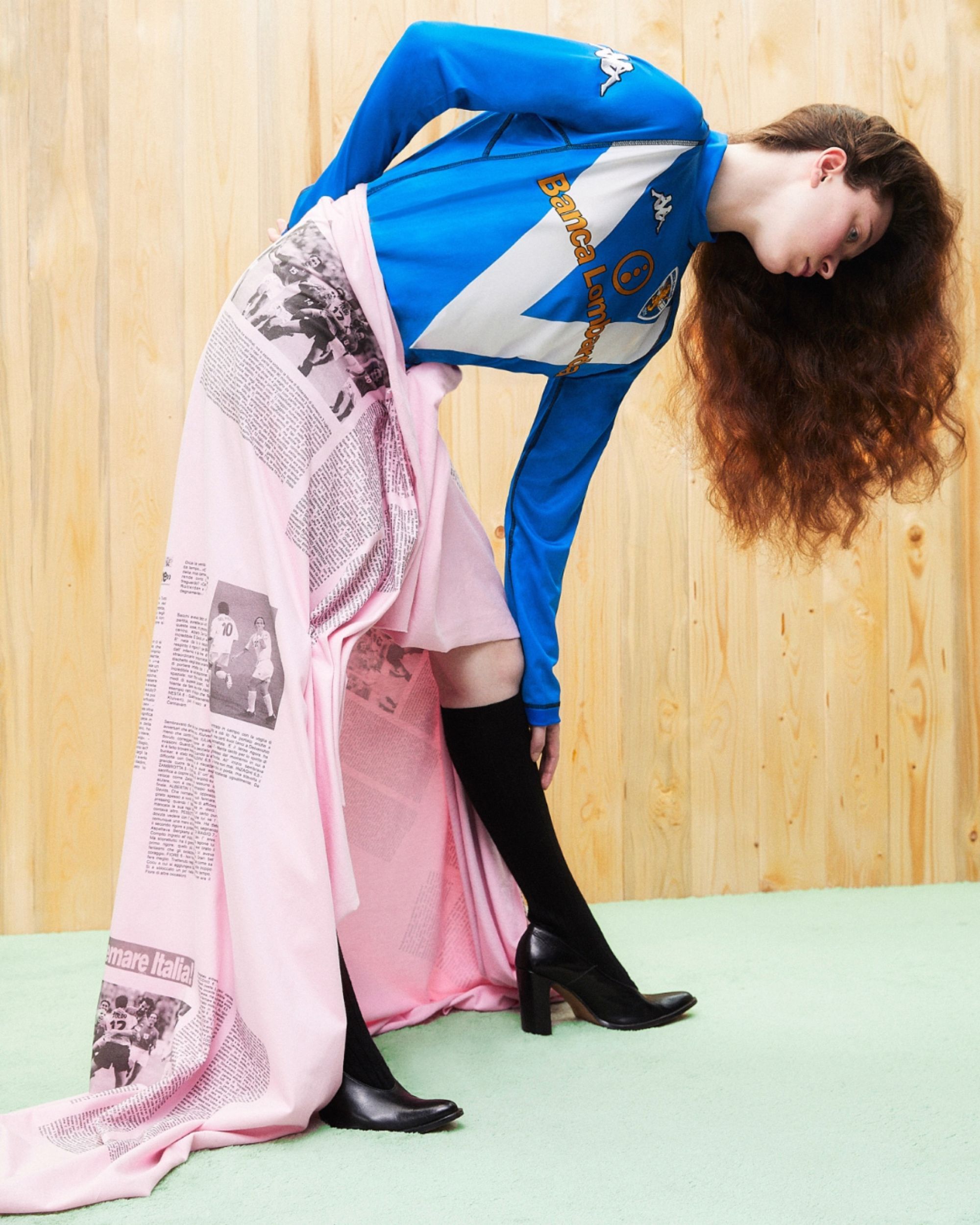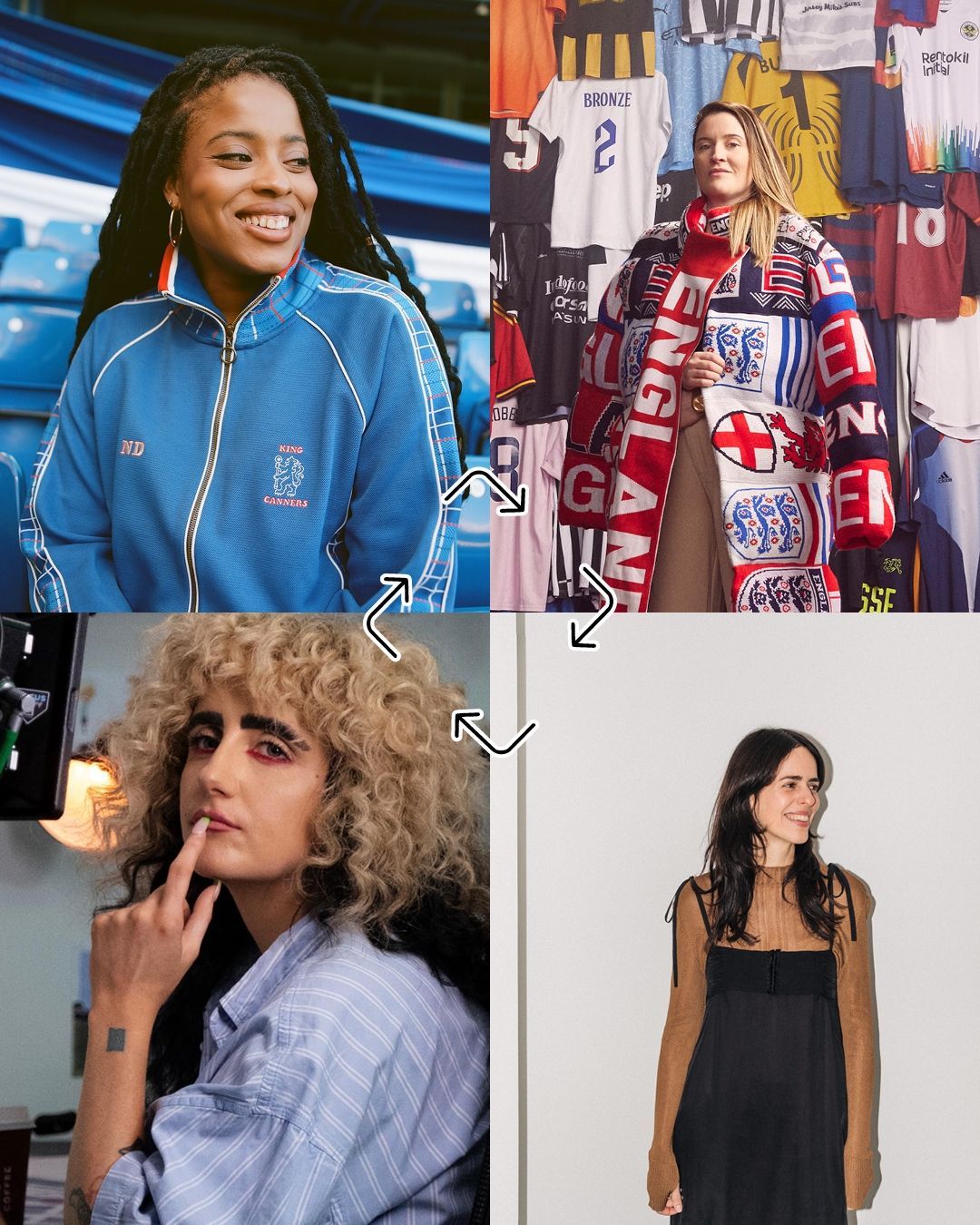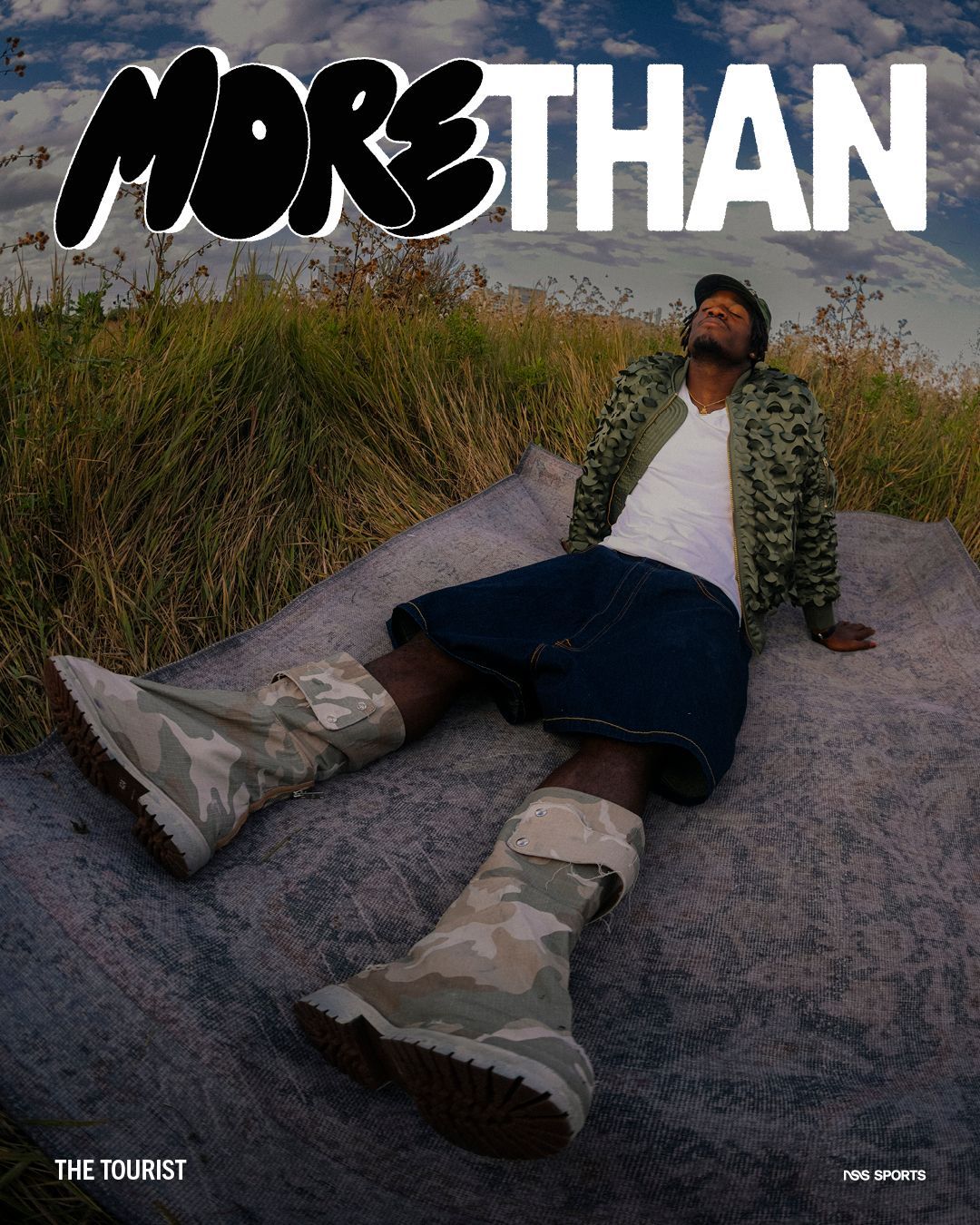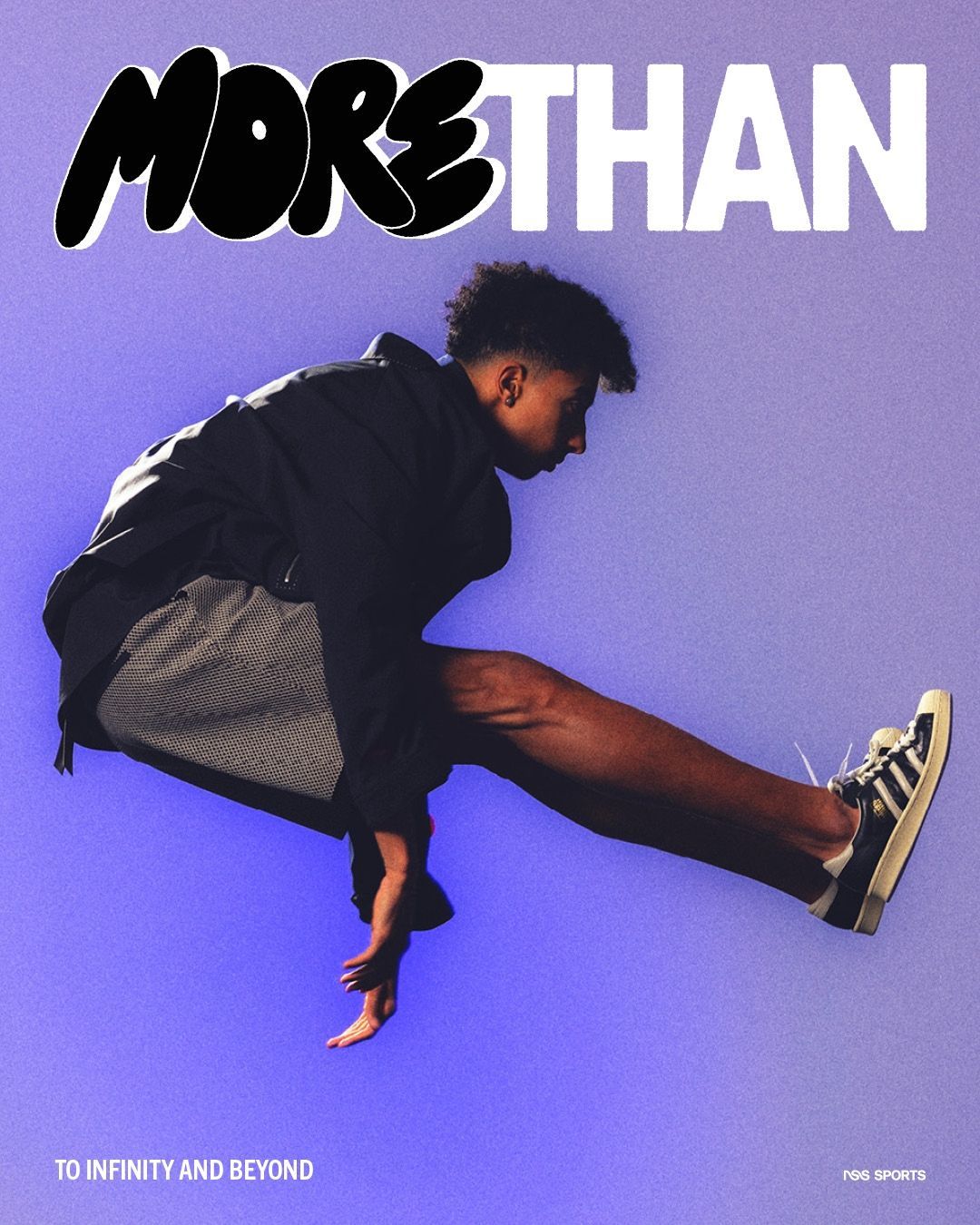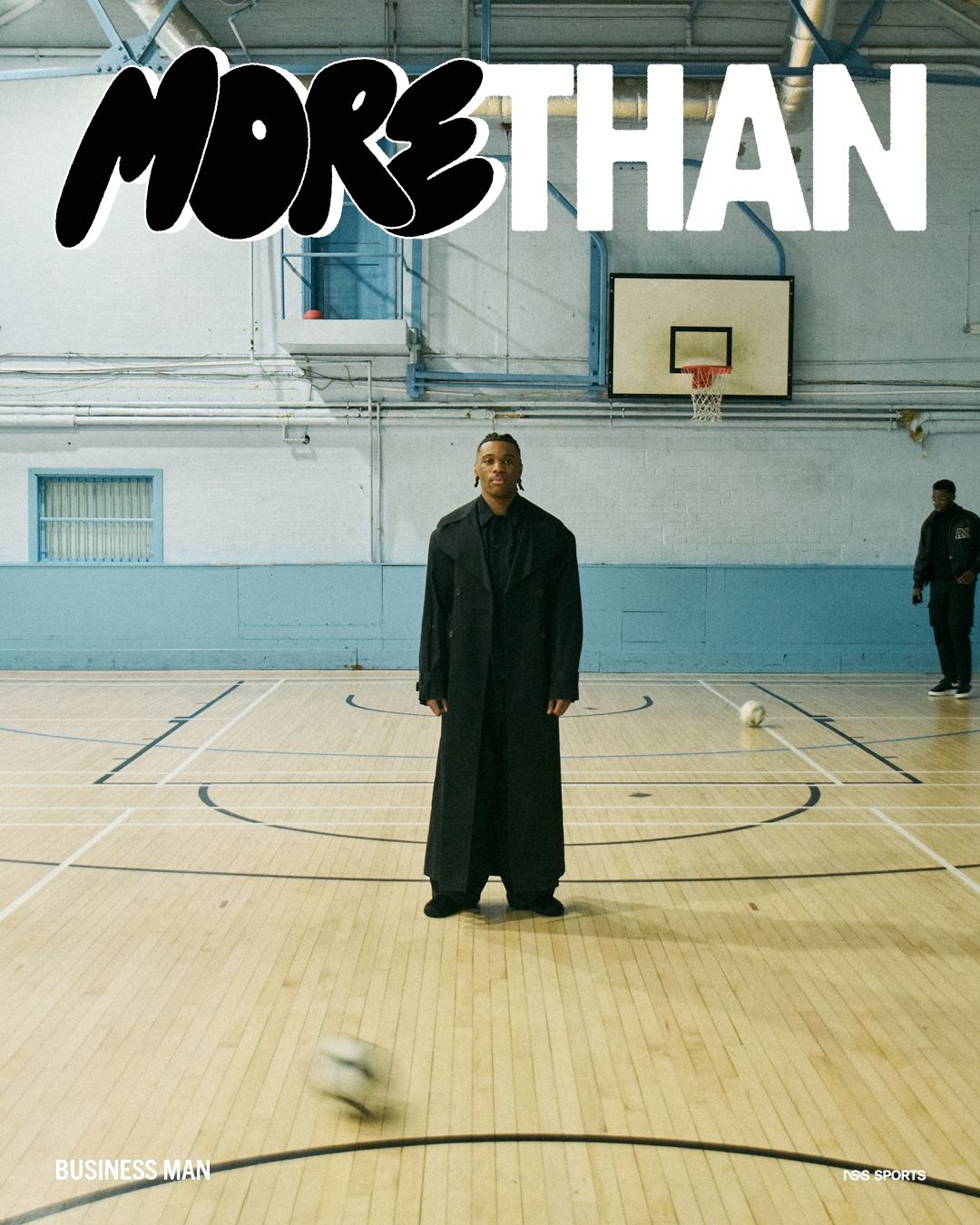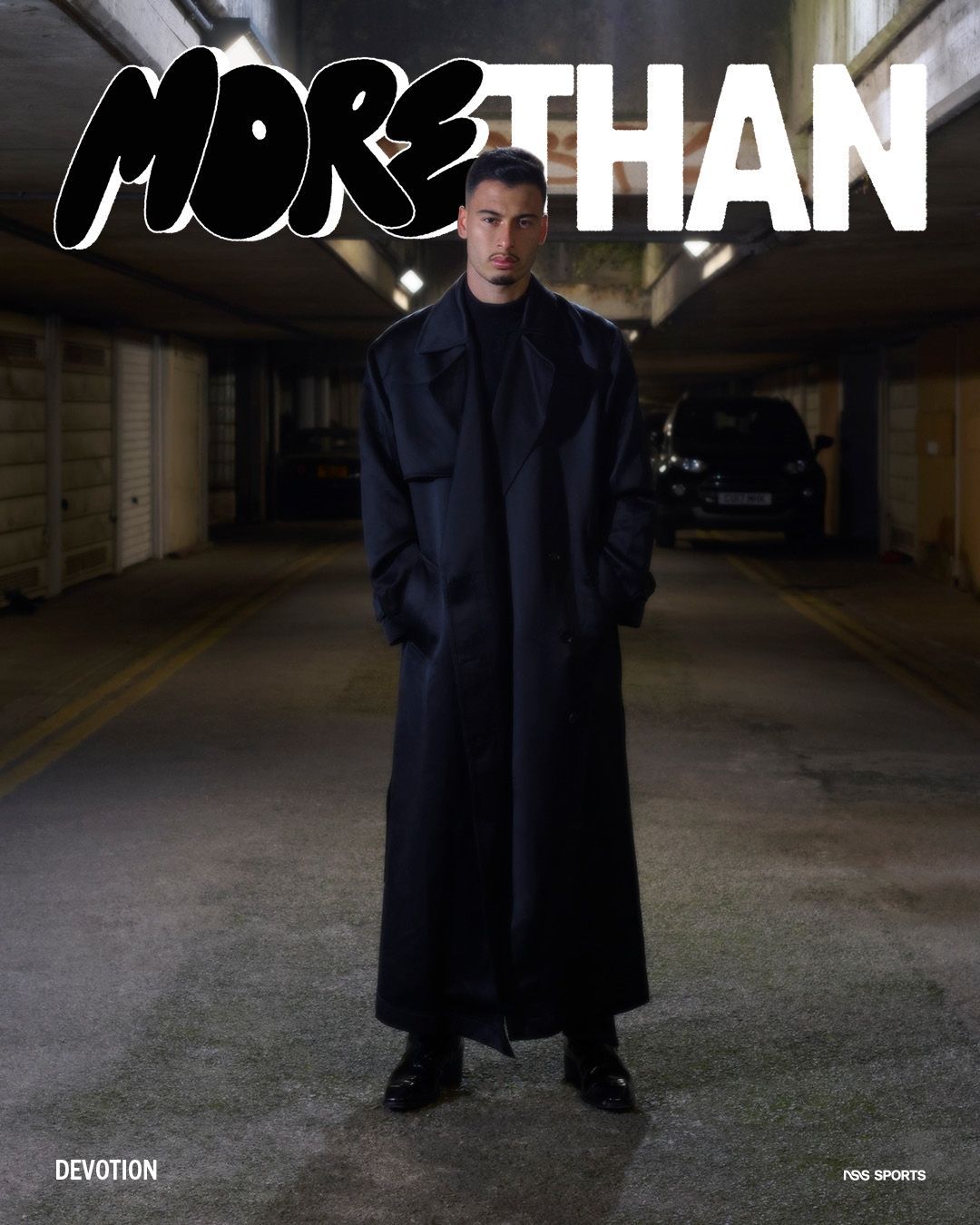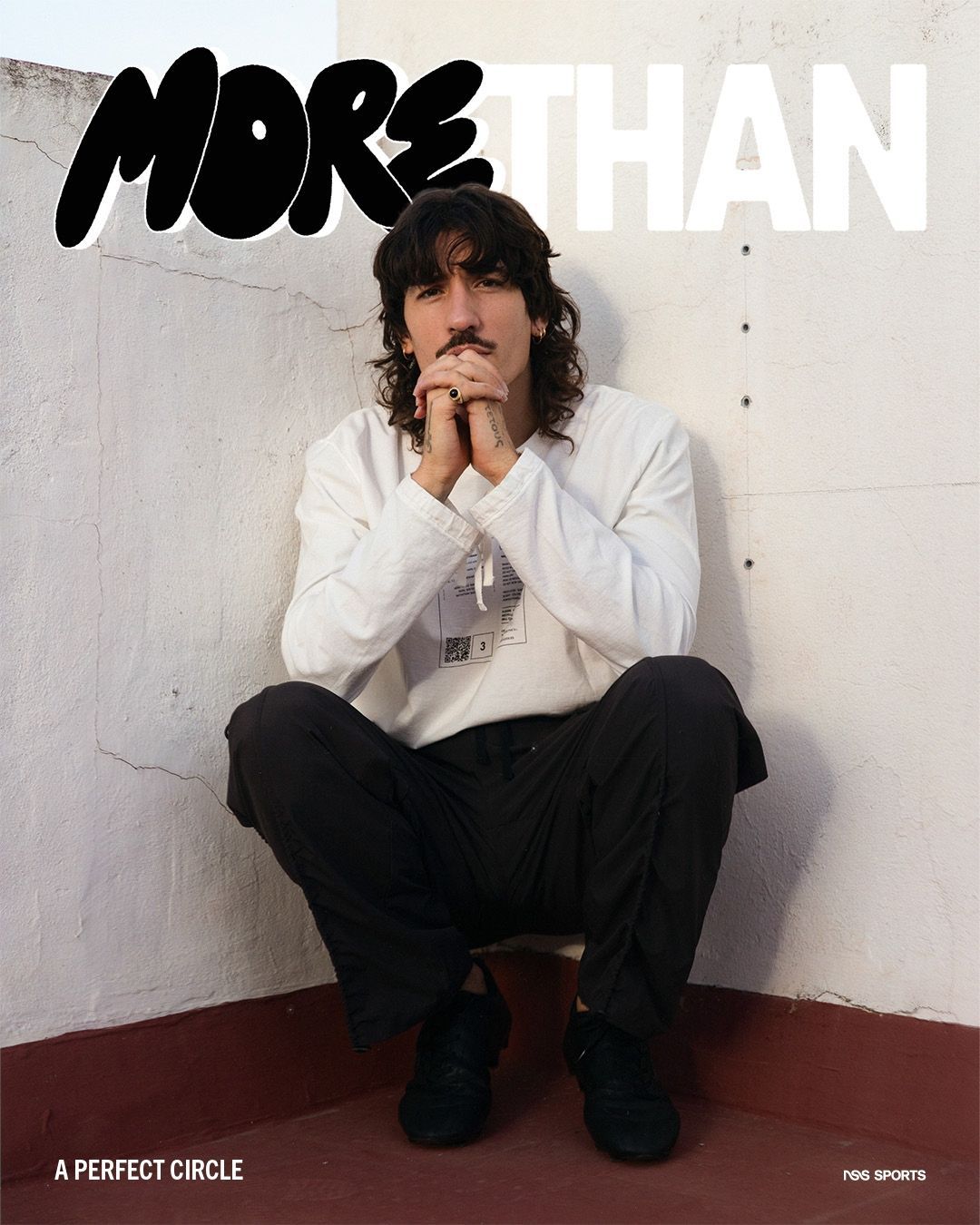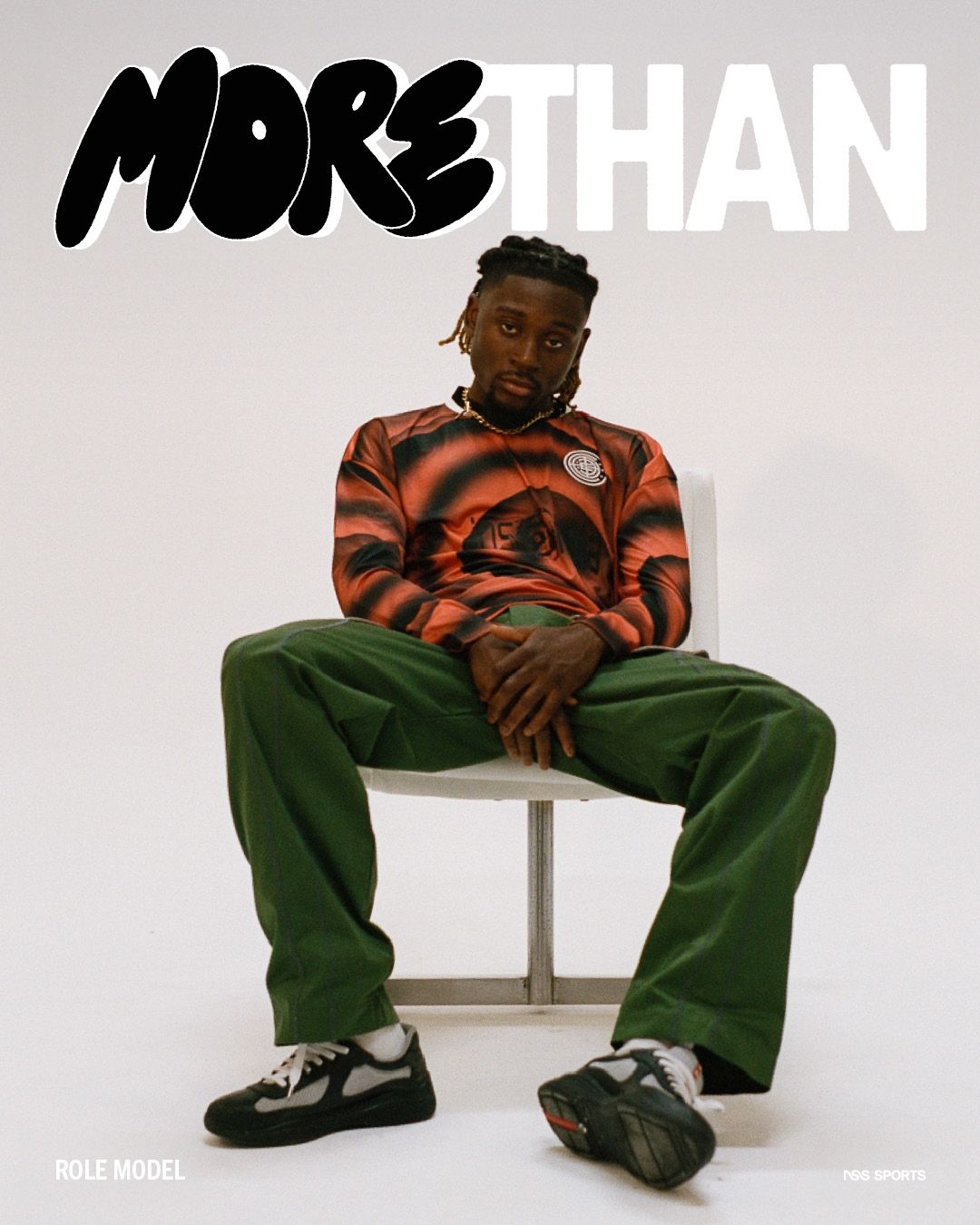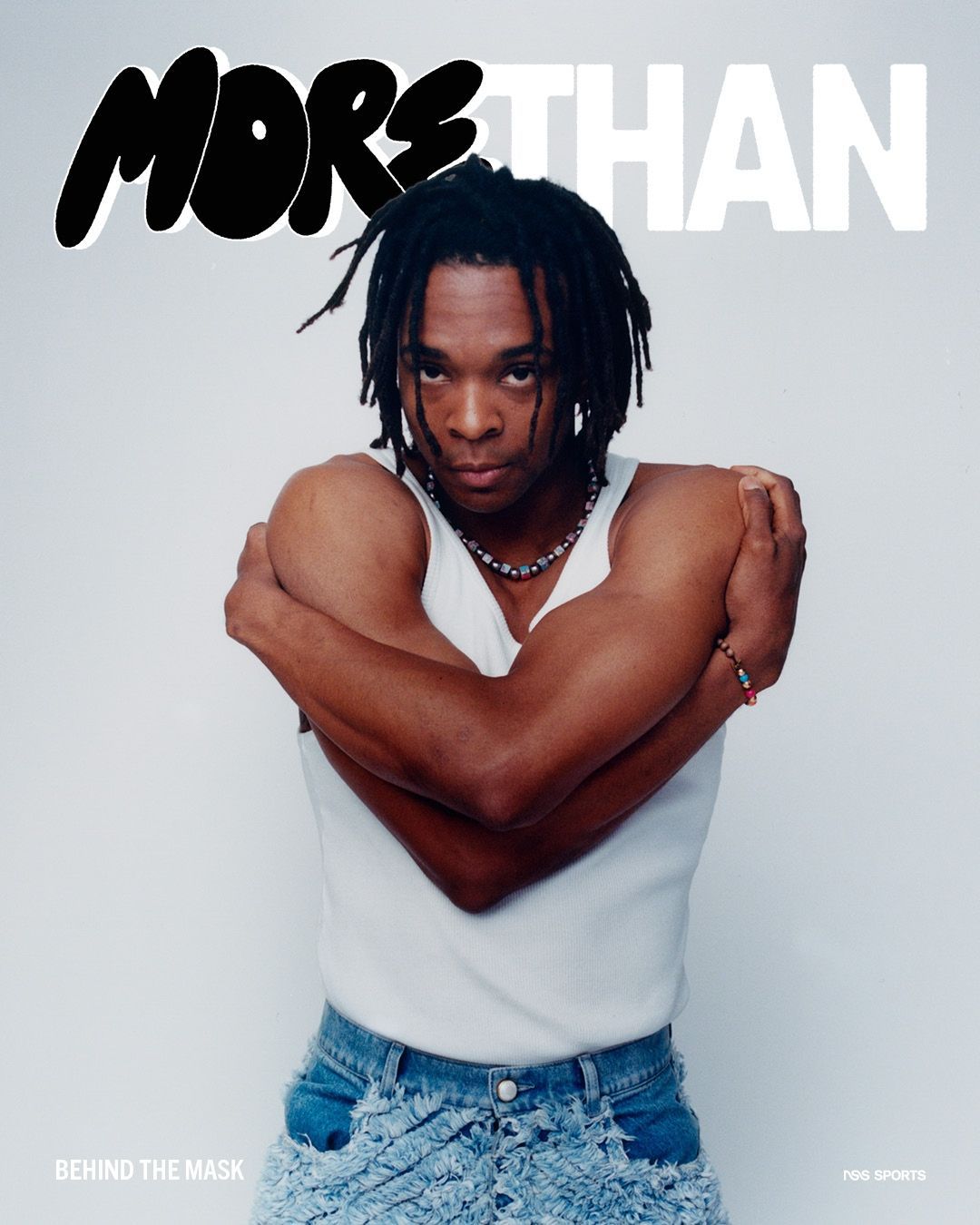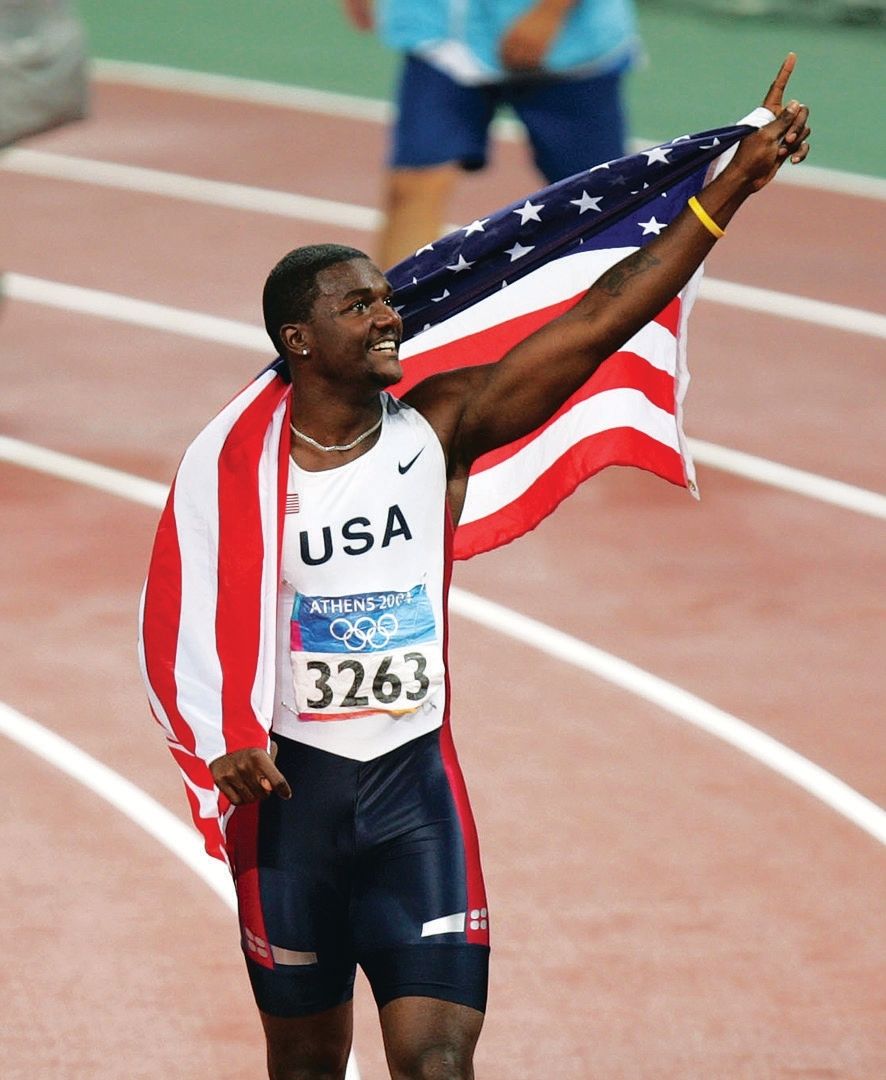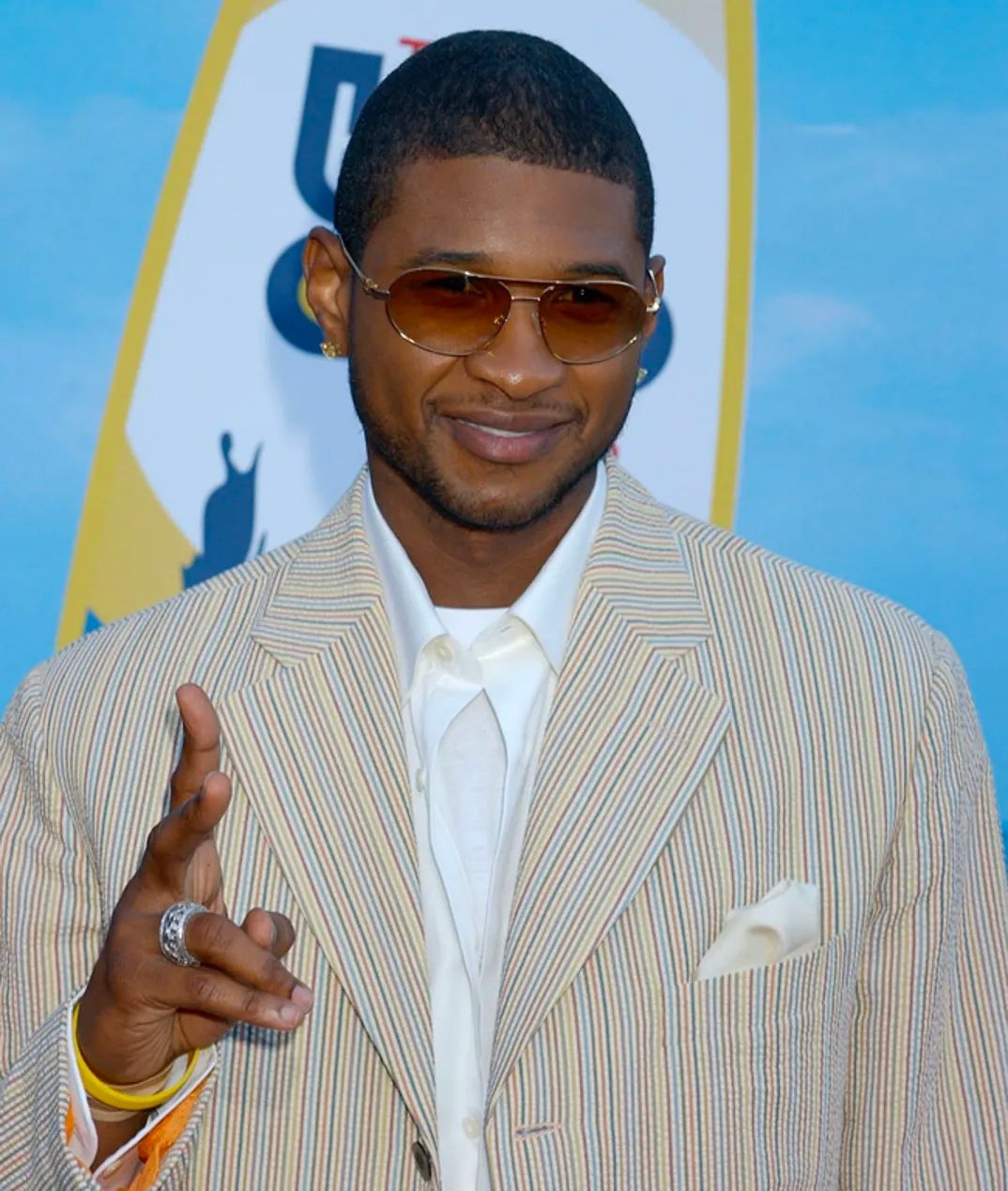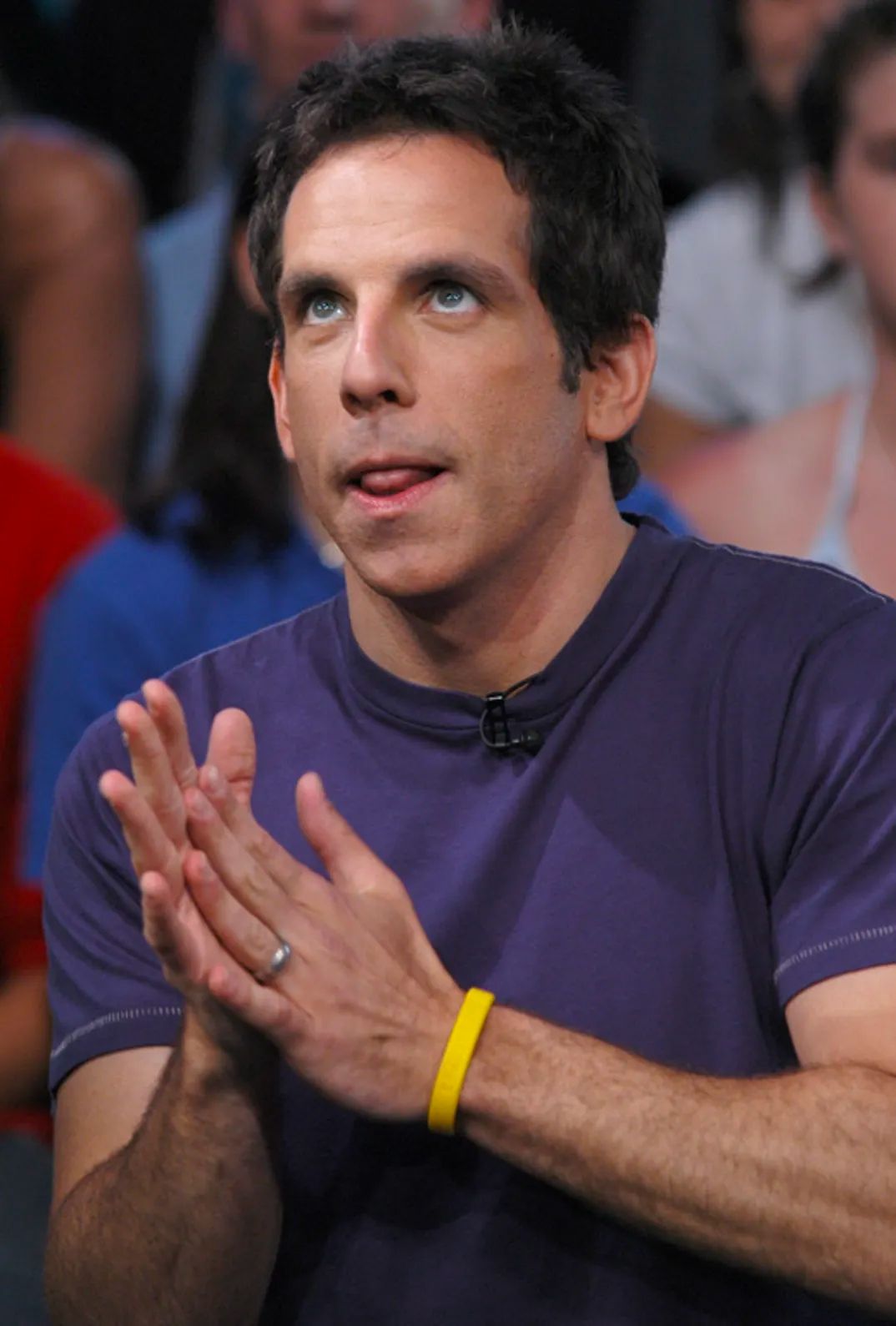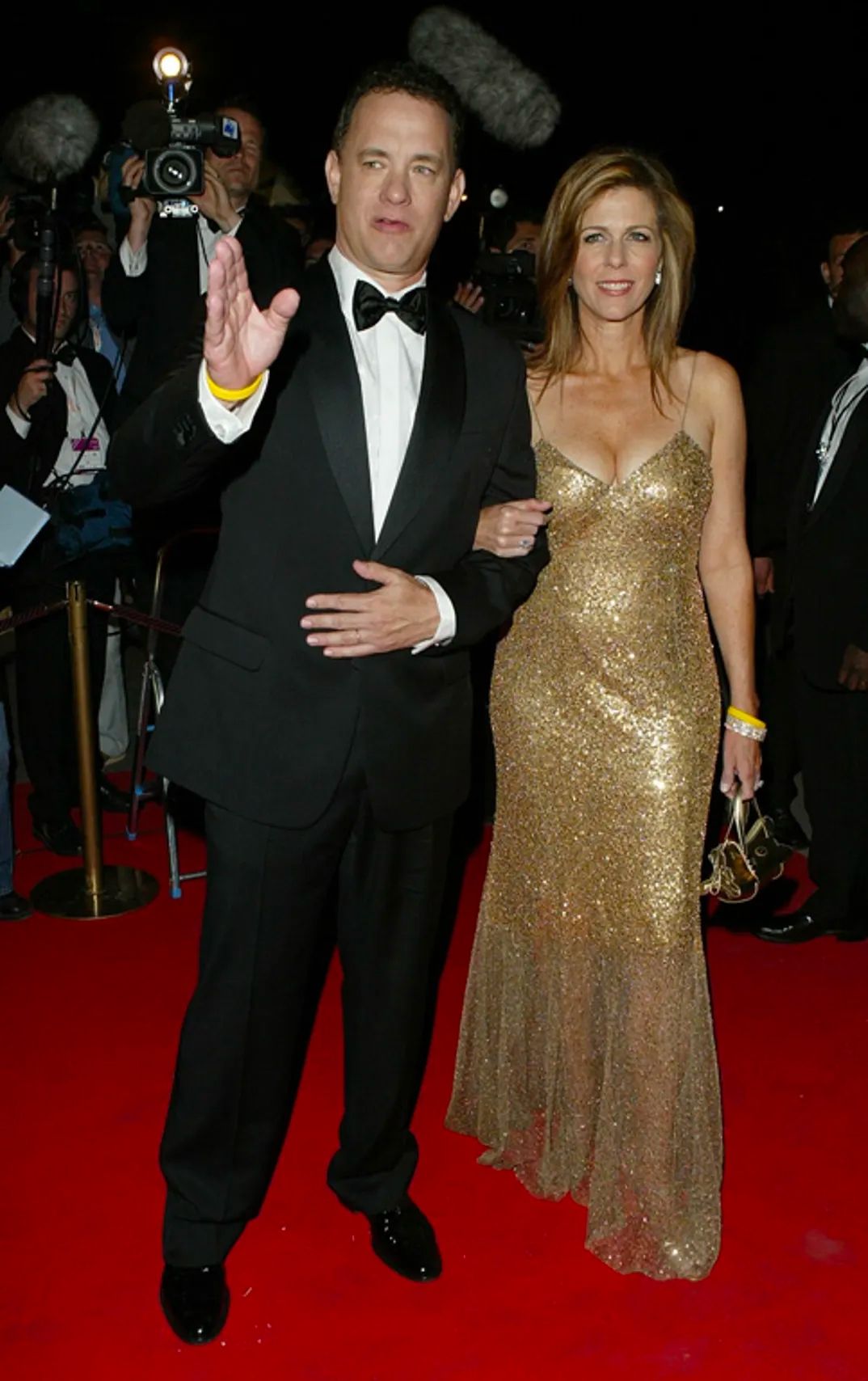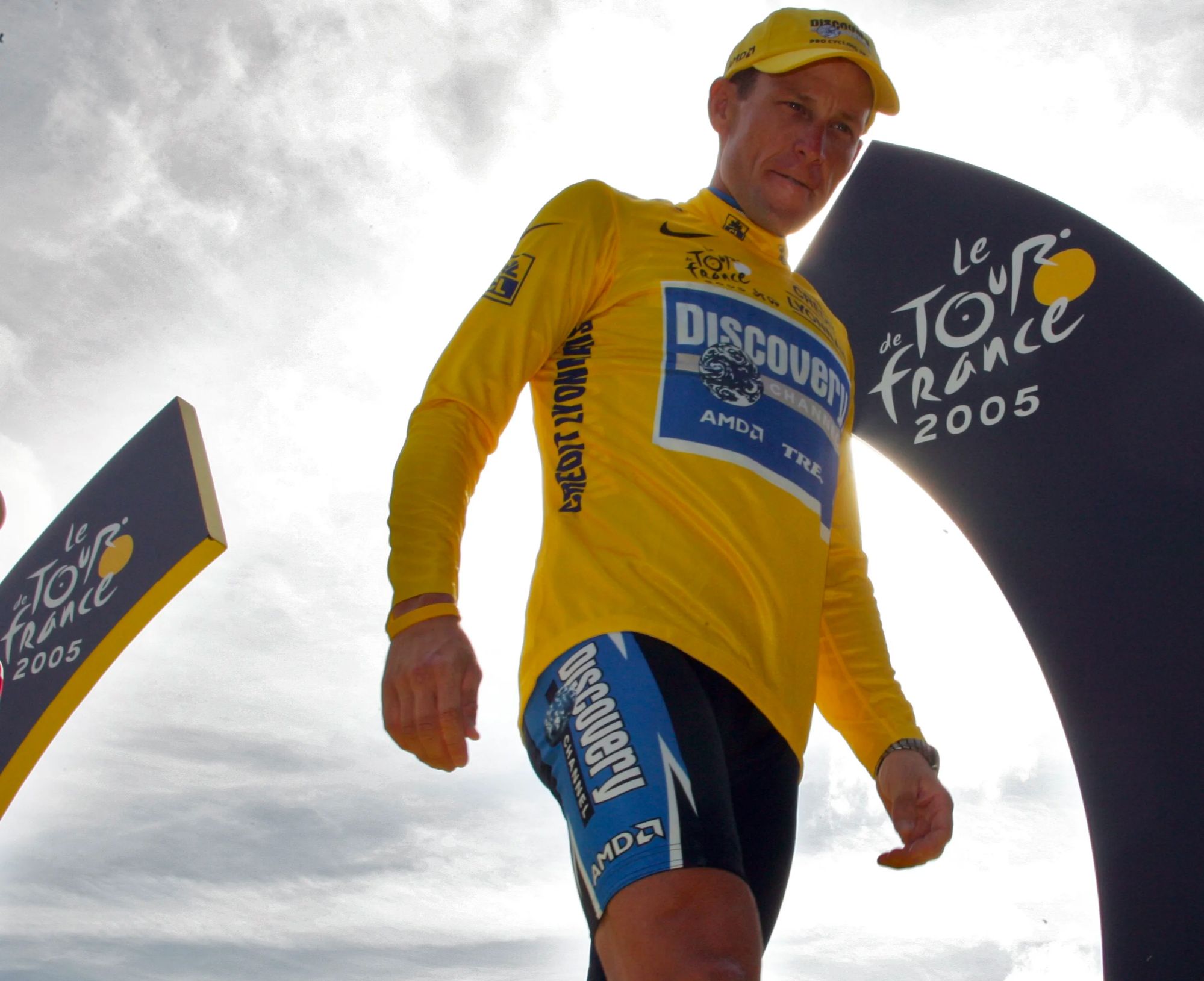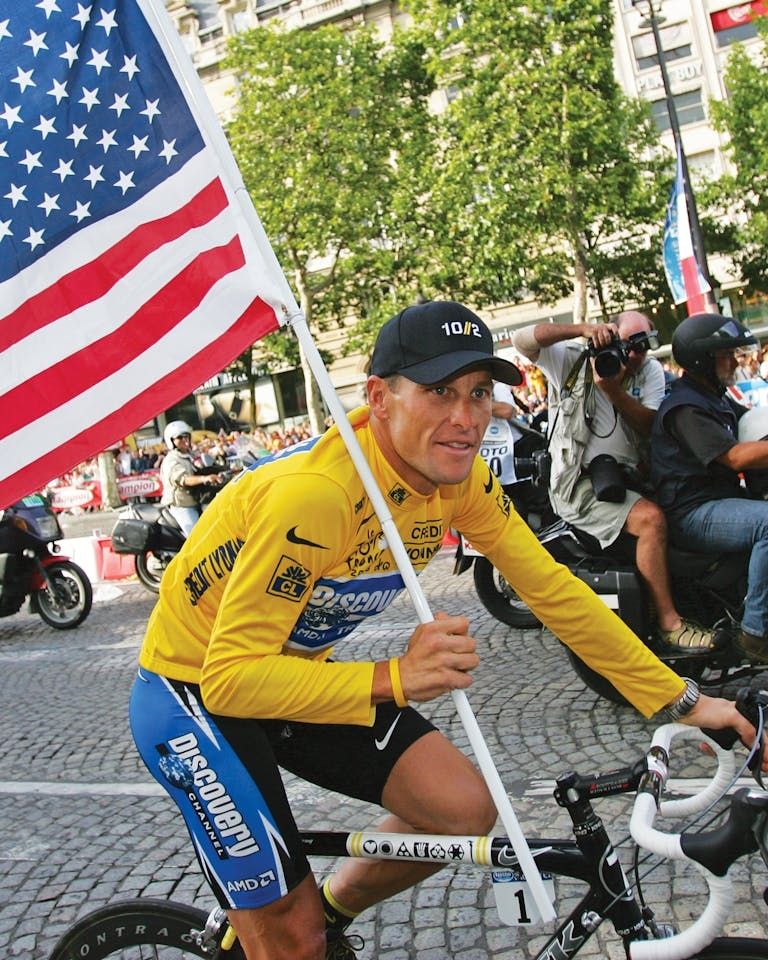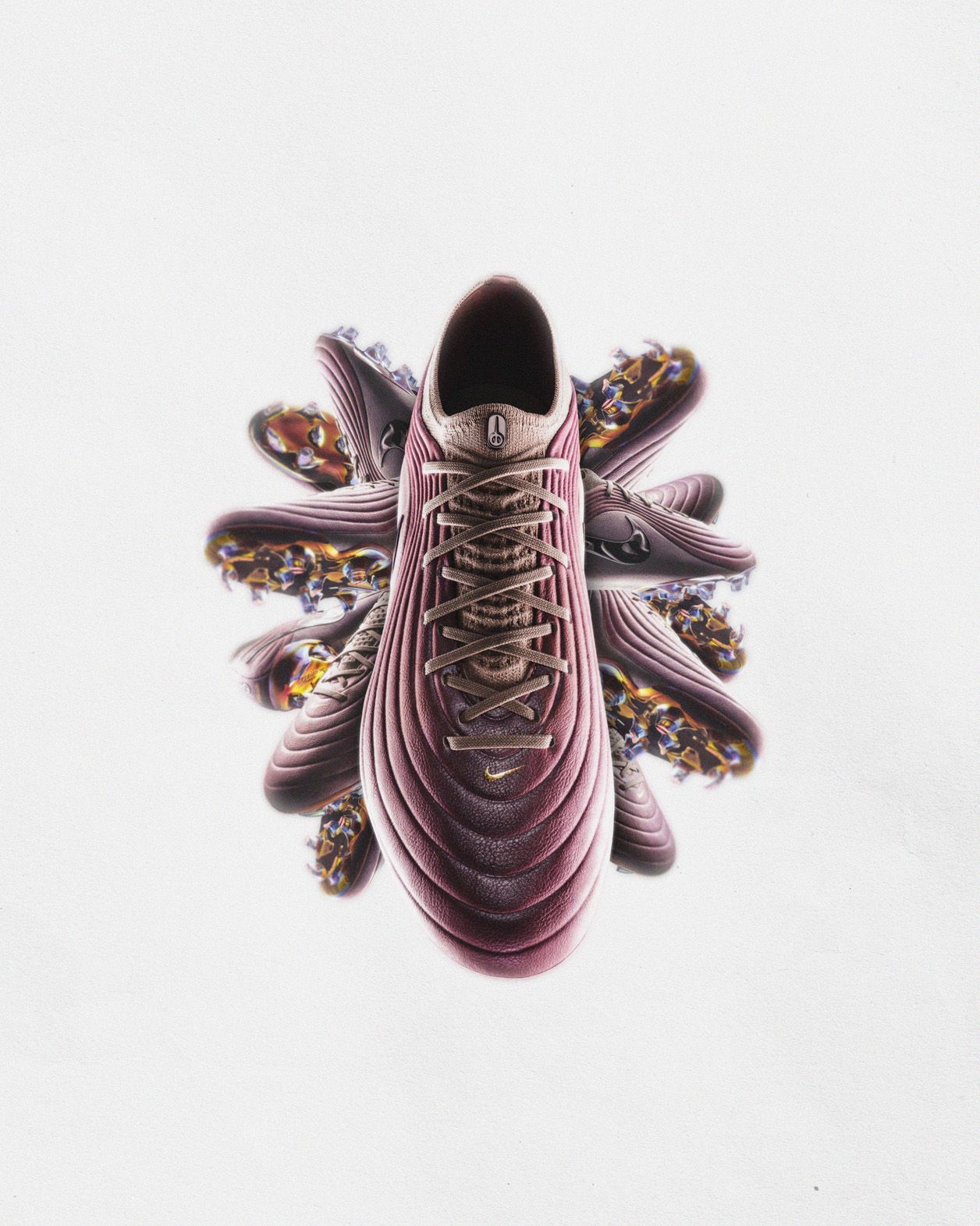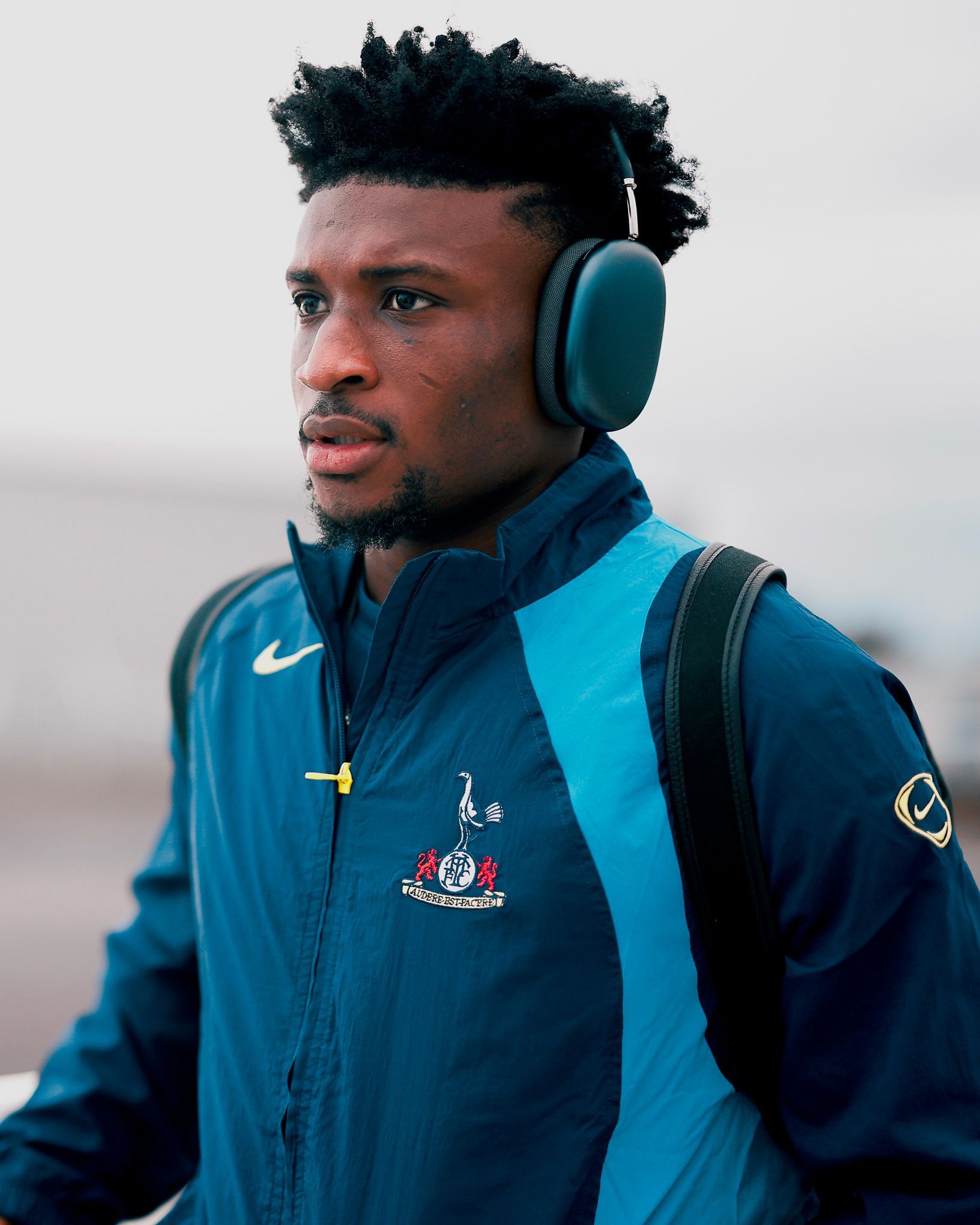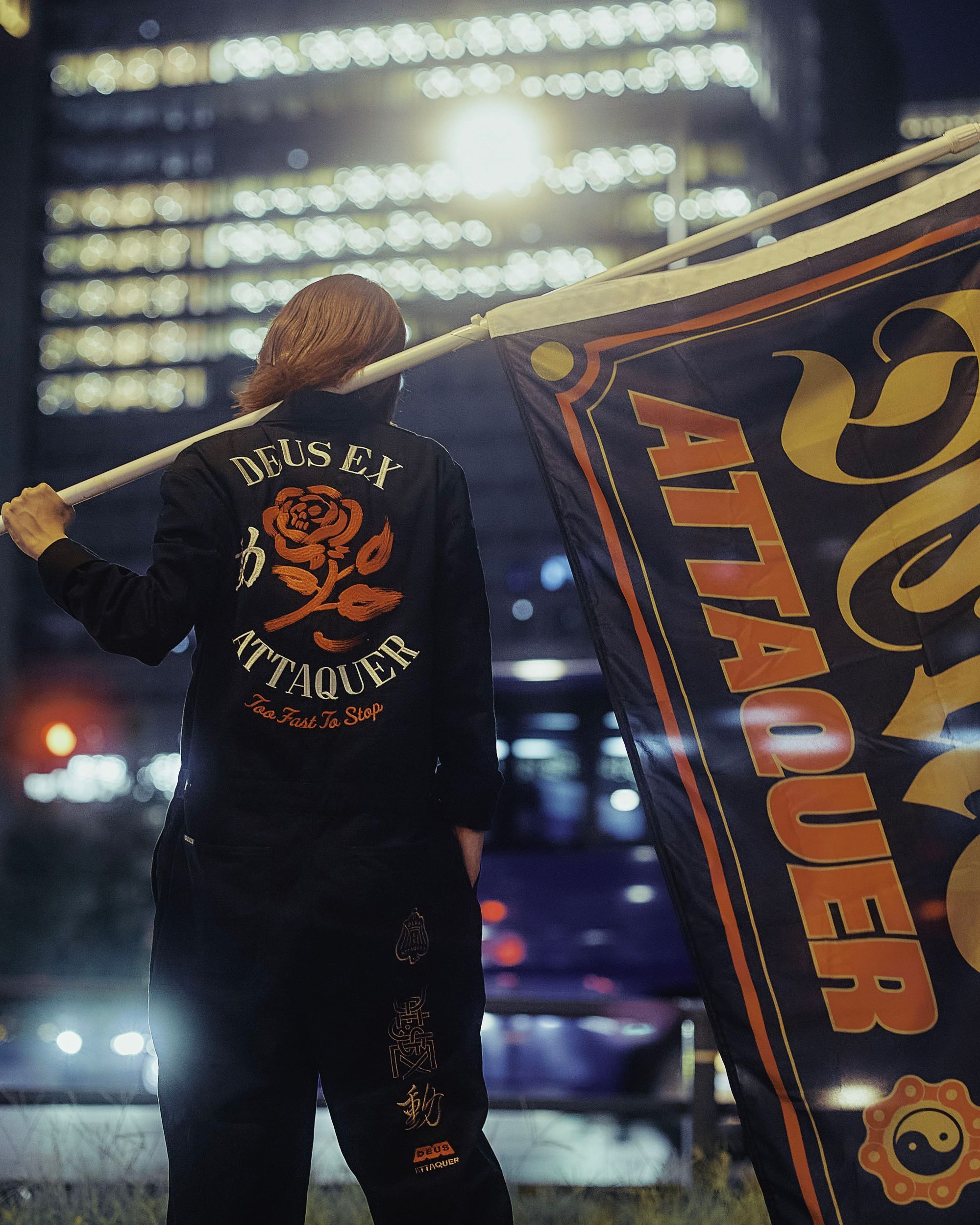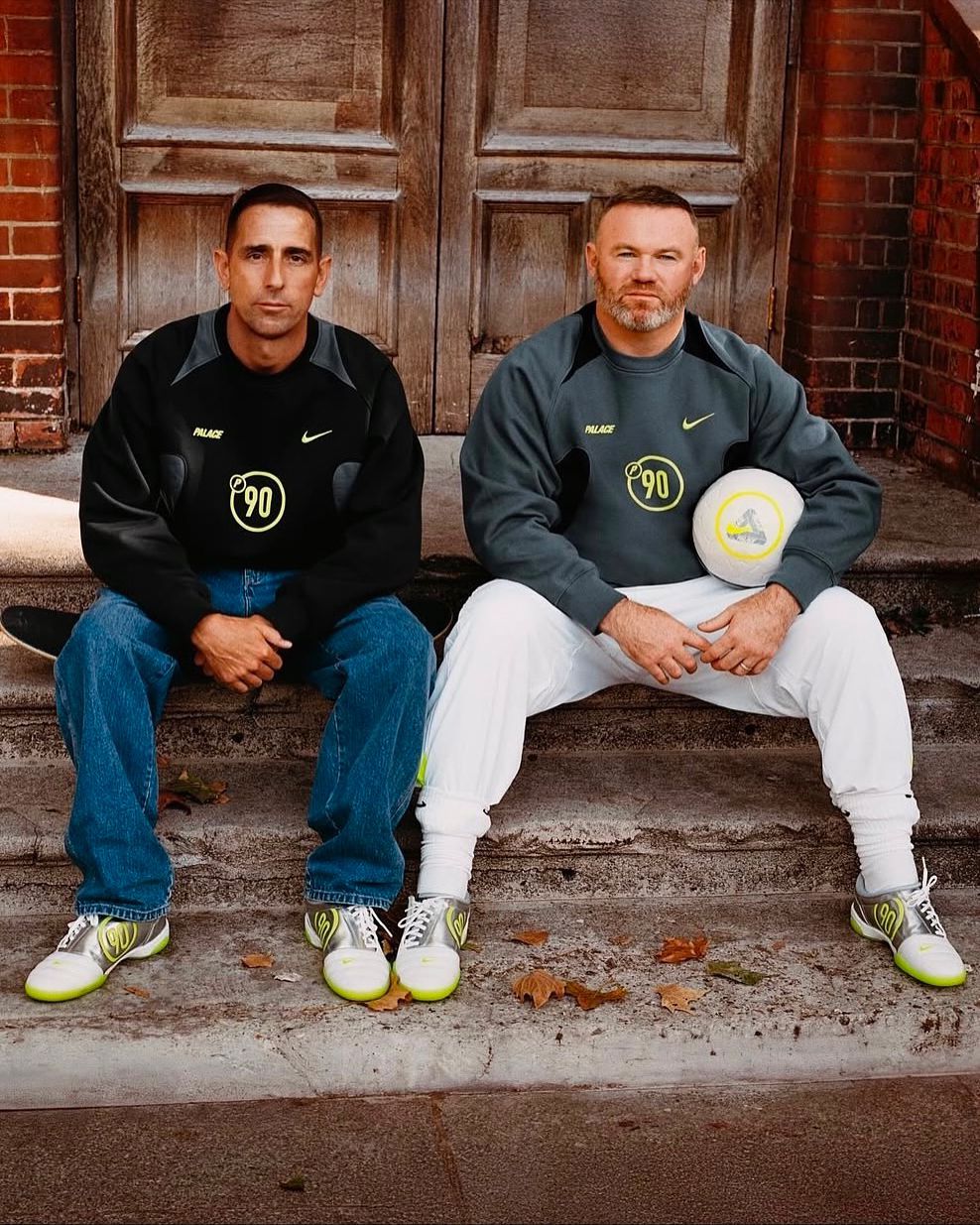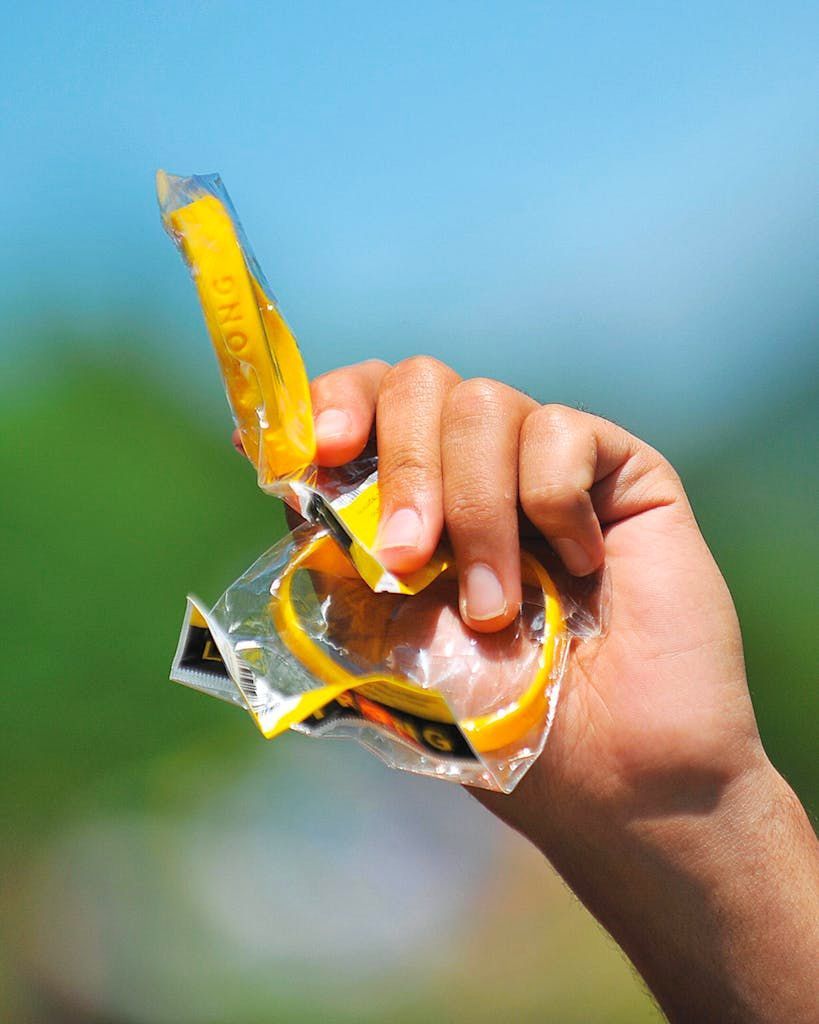
When the world was obsessed with Lance Armstrong's Livestrong wristbands A story linked to Nike's return to cycling
Nike is once again investing in men’s cycling. The news came from Netherlands on the eve of the 2025 edition of the Tour de France: specifically, Nike has reached an agreement with the Visma-Lease a Bike team, one of the wealthiest teams in professional cycling with a budget of around 50 million euros just for the 2025 season. This partnership will lead Nike to create a lifestyle apparel line for both the men’s and women’s teams. The Swoosh will therefore not return to dominate the aesthetics of road cycling as it did in the 1990s and 2000s, but the partnership with Visma-Lease a Bike confirms the brand’s renewed interest in this sport. In 2024, Nike had already returned to cycling as the official lifestyle apparel supplier for the women’s FDJ-Suez team, but in fact, the brand had distanced itself from men’s cycling since 2012 due to Lance Armstrong’s doping disqualification.
Between 1999 and 2005, Armstrong won seven consecutive editions of the Tour de France, becoming a flagship athlete for Nike, a sports icon, and above all a larger-than-life figure, having achieved these successes after overcoming advanced testicular cancer that had spread to his lungs and brain. The experience of illness marked Armstrong so deeply that in 1997 he founded the Lance Armstrong Foundation, a non-profit organization aimed at helping people with cancer or those who had beaten the disease through a physical and psychological rehabilitation path. In 2003, Nike came into play with a proposal that left Armstrong stunned: to produce 5 million plastic wristbands to sell for one dollar each in order to raise 5 million dollars for the foundation. The idea of wristbands wasn’t entirely new, as Nike had already introduced them in the NBA, small plastic circles stamped with the word Respect. Those wristbands paved the way for one of the last fashion trends before the social media era.
The yellow wristband with the word Livestrong was launched on the market in May 2004 and its success was staggering: five million wristbands were sold in the first two months, and after Armstrong’s Tour de France victory, sales reached new heights. The yellow wristband became a status symbol: Nike invited all its athletes competing in the Olympic Games in Athens to wear it, and the popularity boost didn’t come just from the world of sports but also from cinema, Tom Hanks wore it at the Cannes Film Festival—and even from politics, as both John Kerry and George W. Bush, the two White House candidates in that year’s election, wore the wristband during the campaign. There’s no official count of sales, but it’s estimated that between 2004 and today, between 80 and 100 million yellow wristbands have been sold.
The choice of yellow as a reference to Armstrong’s Tour de France victories may seem obvious today, but at the time it wasn’t such a predictable decision. Nike initially considered orange for the wristband color, probably in reference to the “Just do it, Lance” campaign in which the Swoosh appeared in that shade. It was only after the testimony of a young cancer patient who found the strength to fight the disease after receiving a yellow jersey signed by Armstrong that the color change was decided. Yellow thus became the color of courage, the symbol of those who had survived cancer, of those who had been diagnosed but no longer wanted to feel obligated to hide their condition. It created a community. The true success of that wristband is not just in the incredible volume of sales but in the perception it managed to build: it effectively erased the shame that came with a cancer diagnosis and, as strange as it may sound, made it cool. The Livestrong wristband became a symbol of hope, and wearing it meant embracing the noblest of causes, contributing to the fight against terminal diseases.
This magic lasted until 2013, when Armstrong confessed to Oprah Winfrey that he had knowingly used performance-enhancing drugs throughout his career. That’s when the house of cards collapsed: Nike, which had already ended all commercial ties with Lance Armstrong, also distanced itself from the foundation. In turn, to further differentiate itself, the Lance Armstrong Foundation underwent a rebranding to become Livestrong. The wristbands are still sold on the official website for one dollar, and for millions of people, they still represent belonging to a community. However, the feeling is that alongside Armstrong’s reputation, that of the yellow wristbands was also permanently damaged by doping.

